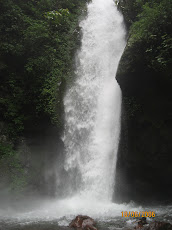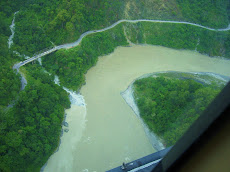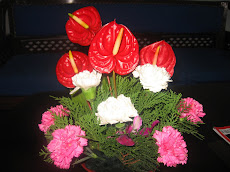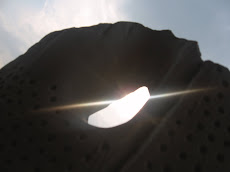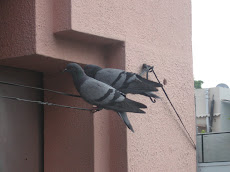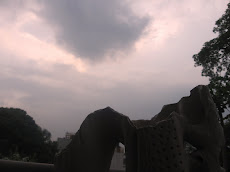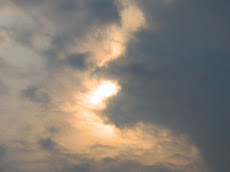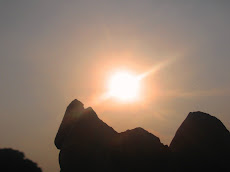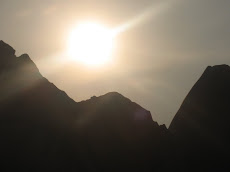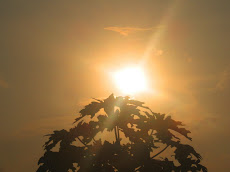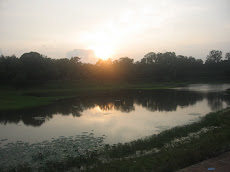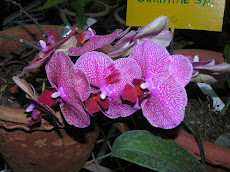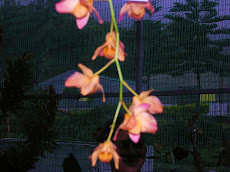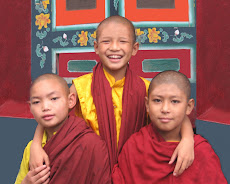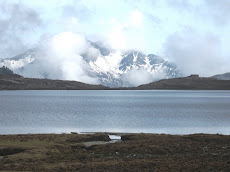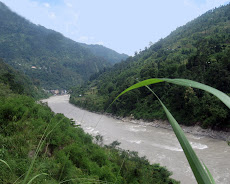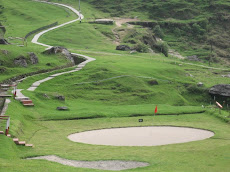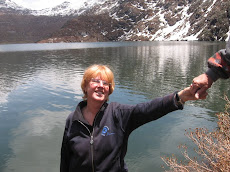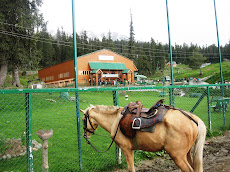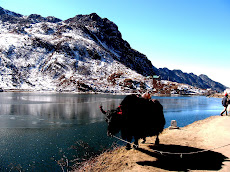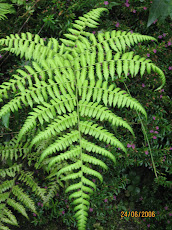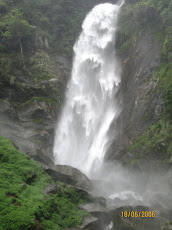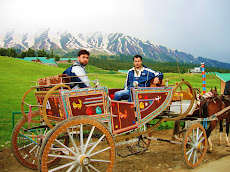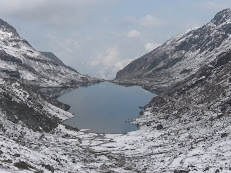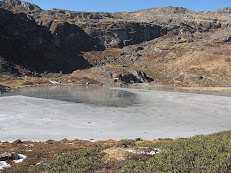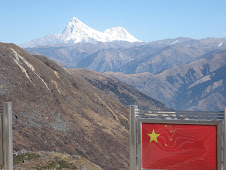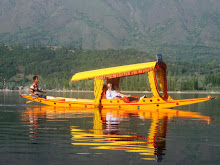Lumsey to Thangu: Make An Unique
Travel Statement
One was longing to undertake a repeat
visit to this beautiful high altitude vibrant Revenue Block. It is located in
the lap of God-gifted North Sikkim. Idea was not only to sort out some nagging
irritants linked to the site of the highest micro hydel project in the country
(14,000 feet) but also to soak unhesitatingly in the unbelievable visual delight.
Jinxed Project
It was culled out from the files of S
& T Dept. that the jinxed project was planned and initiated in 1998. Actual
work is supposed to have begun in 2006. Rather ambitious for its times, it had
its own share of challenges and problems. These were reported to have got complicated
time and again due to the whims and fancies of the nominees, casual approach of
the bureaucrats, permutations & combinations and all-pervading Pipon system,
akin to the direct democracy pattern of the Greek city states. The scheme was
slated to meet the bare minimum electricity requirements of the remote and
sparsely populated village situated in the depleting tree cover zone, nearby hamlets,
Gothalas as also the tough and sturdy
Army units guarding the close by Indo-China border.
Characteristic feature of the area
was an old Monastery having a commanding location. One can look for imprints of
a bygone era in the rugged, vivid, yet attractive setting. Flavour of
semi-pastoral period is also reflected faithfully. The highest transit camp no.
225 at 13,500 feet together with a field hospital blesses this tract of land
with its usual facilities, frills and paraphernalia.
The Take Off
Since only one night halt was involved,
we had to begin early from our beautiful, cosy and eco-friendly abode in Lumsey,
the outskirts of Gangtok. Much against our wishes, quilt & blanket had to
be thrown aside around 4.15 hours. Upon performing the essential and age old
bathroom rituals, a cup of mixed tea (Gol dana & Temi) followed.
Side by side, munching of a few
cookies, a prerequisite for gulping medicines had to be resorted to. Same was
not even completed that Tommy and Bailey, members of our now depleted household
began wagging their tails as a mark of faith and affection. In normal course,
they would ‘knock’ at, between 6 to 6.30 am. We, however, were determined to look
after them at this unearthly and dark hour, by opening ‘their’ tumbler, even
though, having locked the kitchen, Jaya was not in a favourable mood to display
even shreds of obligation in the semi-hostile chilly conditions of the day
break.
Sri D.G. Shrestha, the hard working
and trust worthy Additional Director, arrived dot in time. His tour vehicle - a
sturdy silver colored Bolero was supposed to be a symbol of reliability owing
to its 4x4 wheels than our old but beautiful white Esteem Car (No. SK/02/077).
Many fellow Gangtok-its were still in relaxed slumber in Lumsey, Ranka, 5th
Mile Tadong, Dara Gaon, Convoy Ground, Amdo Golai etc.
Scene at Dawn
Around 5.30 am, we passed through
Deorali, right below an area, once completely devastated by a massive land
slide. Though it was settling gradually and was not even declared fit for
construction, yet people in general were seen indulging in cut-throat
competition with their counter parts elsewhere to construct high dwelling
units. It was, to say the least, against all concerns for conservation of
environment and bio-diversity. God bless them. I could not utter
anything else.
It is only when we entered the Indira
Bye pass that we came across some discernible movements of men, vehicles and
materials. Soon tiny tots began thronging the nearby footpaths and serpentine
roads in their voyage to various places of learning. After all, free education
policy of the State Govt., coupled with SSA was doing wonders on the secondary socialization front. Side by side,
ICDS, R.D.W’s, V.L.W’s and ASHA functionaries were also contributing their bits
at the visible and crucial cutting edges. The ambitious institutions in the
fringe areas and the grass roots were also taking the pressure off the parents
of children of GREF and hydel companies.
Cattle, Goats, Poultry etc. began
appearing along the road, time and again. Movement was slow due to bad
condition of this part of the National Highway. Crores go down the drain in the
name of maintenance and repair, year after year, yet, overall atmosphere looked
congenial.
The Day Break
As we gained height, the snow peaks
in the distinguished company of Mt. Khangchendzonga slowly appeared on the
horizon. Clear blue sky in the morning glow formed a fantastic back drop. More
beautiful and enchanting scenario was in store in another half an hour or so.
Near Burtuk, exposure to lush green
patch was soothing. Once a semi-forest area, this too was falling prey to the
unsatiable concrete designs of a hogging creature called man. As a consequence,
once charming, cascading and cute rivulets and waterfalls were becoming bounties
of the past. It was unfortunate indeed from the perspective and angle of
sustainable development and traditional livelihood patterns. When a former C.S.
chose this location to settle down in early years of the new century, a few
denizens of the capital city will not laugh at him but would not refrain from commenting
either.
Tashi View Point
Once we gained further height and
moved away from the city we were in for another marvelous visual delight.
Though not in our original schedule, we were tempted to have a brief halt at the
famous Tashi View Point (6100 Ft). The crystal clear view of Mt. Kanchenjunga
and surrounding peaks was simply amazing and awesome. It defied all descriptions, something to be felt, experienced and
cherished. Undoubtedly, it provided rare photographic opportunity of both
types- static and moving. It was, nevertheless, distressing to note that a
telescope and a mini restaurant inaugurated by the Chief Minister in 2006 were
now rendered useless.
Pangthang
The slow passage through the
Pangthang Sikkim Armed Police campus and the village proper enhanced further
our levels of excitement and pleasure. A halt here or there, presumably for a
cup of tea or for catching a different glimpse of the clearly visible snow
peaks were no longer bothersome. When we will lose sight of snow peaks, the
thick Pine and Rhododendron trees together with lovely cascading waterfalls and
bewildering water bodies would enthrall us. However, we were telephonically
reminded to move “fast-forward” to Thangu through a shorter route via Samdong
& Dikchu.
Entry into North Sikkim
A brief halt of 15 minutes for
breakfast at the site of a small hydel power project being commissioned by NHPC
in the outskirts of Dikchu in North Sikkim gave us a much needed break. The
view of mammoth dam of Teesta Stage V project again of NHPC cannot simply be
easily erased from one’s memory. More pleasure to eyes and mind followed when
we hit the road while proceeding towards
Mangan through the new and short cut stretch built by GREF, little over a
decade ago. The typical rain forest of Kerala kind was every where to see on
both sides of Teesta river in the Dzongu region.
Magnificent Mangan
In order to catch up with time, it
was decided to skip lunch at Mangan. A glass of water was gulped down. Taking
stock of the rapid changes in this once sleepy town (population in 1986 was
723) was exhilarating. One also went smoothly down the memory lane, having
begun one’s bureaucratic innings in this beautiful setting in the last week of August
1986. Visits to the confluence point of rivers, Kanaka and Teesta at Namprikdang
still linger on.
No visit is complete and worthwhile unless
one captures the unforgettable conical view of the guardian deity of Sikkim
from Pakshep and Singhik. Needless to say, we did not want to be prominent
exceptions. Jaya very nicely became my readily available unpaid for model. She
was promised a grand treat in an up market eating joint in down town Gangtok on return. Even she confessed
to have rediscovered this unusual nature’s garden, say slightly after two
decades.
Charming Chungthang
The drive between Mangan and
Chungthang (30 kms.) exposed us to what would have been the horrendous
experience of the earthquake that ravaged the area on 11/09/11. The devastations
caused in Sakyong-Pentong, Tingvong, Passingdang, Lingdong, Singhik, Lanthe
Khola, Naga, Namgor, Tong, Pegong, Chungthang and Bop were simply immeasurable.
We stopped, therefore, at a make shift temple and a Chorten to pray for the
departed 66 souls. This did not, however, include a large number of
unregistered workmen missing from a crucial tunnel of the Teesta Stage III, an
ambitious project being handled by an inexperienced Teesta Urja Limited.
With a gloomy mood, we entered the first
floor modest flat of Sri Tega (the nominee’s son) in the heart of Chungthang. The breakfast cum lunch served
with usual Sikkimese warmth and hospitality by Tega’s mother and wife an hour
before sunset proved to be a refreshing experience. A cup of Green Tea,
thereafter was like icing on the cake.
I did find out some time to take snaps of
earthquake affected structures. The dwelling houses, schools, shops, hotels, animal
sheds told their miseries yet again. It was very distressing to learn that even
the SDM’s office was not spared, what to talk of the Veterinary complex and the
hospital premises, wherein I was privileged to take lovely snaps during 1986-87
from a borrowed non-digital camera. Foundation stone for my sustaining interest
in photography was laid in these settings. People of this tiny sub-divisional
HQ were so simple and honest those days that the lens cover of an Yashika
camera belonging to one and only Aroon was sent very faithfully by the slow
moving SNT bus (average speed 15 Kms an hour) to my Mangan residence almost 48 hours after our departure.
Much of the ravishing scenario of the
dense forest stretch between Chungthang and Lachen was missed due to partial to
full darkness situation. The view of the innumerable waterfalls and the highest
river bridge of the area very close to Chatten, however, was as usual very impressive.
The panoramic Army helipad later dazzled like a jewel. A hot cup of Coffee with
Pakoras, Jalebis and Cookies offered by Col. Niranjan at the Brigade HQ. gave a
warm welcome to the attractive flat land situated at an altitude of 8,600 feet.
A semblance of relief too was ensured for the ruffled feathers.
 Lachen
Lachen
The hurricane stopover at Lachen ensured
that we had the misfortune of missing its brilliant weaving, embroidery and
wood carving traditions. Getting an exposure of the cloud burst point of 2006
which claimed 40 lives, the Dzumsa and the works undertaken by me in a record
time while executing the UNDP sponsored Village Tourism Project (Lachen was
adjudged the best) were also out of question.
The
blanket of darkness soon enveloped the tiny valley. Early dinner laid around
the fire place as per custom had its own fantasy and flavour. Bone chilling
cold perpetrated countless visits to the loo, having sparkling Silver Fur interiors.
I could succeed in politely turning down the offer of hard drinks. Jaya too was
enticed without any success. In a MCP society like ours, how could spouse take
hard drinks when the husband was a teetotaler? We posed to ourselves and had a
hearty laugh.
The
next morning one was up at 4.30 am. The disturbed sleep was possibly due to
minus 4 degree celsius temperature. Both
of us used two quilts in addition to famous ethnic blankets of Lachen in the
modest room, purportedly being used as a Bed & Breakfast facility. Such a
tourism oriented activity in this remote region would be an unheard of
proposition, say a decade ago.
One
had not shivered and struggled so much in this place while braving winter in
the past or for that matter, when I had visited Vyberg or St. Petersburgh on
Finland border of Russia (May 1995), London (Nov 2006) or Berlin (March 2006)
when it was snowing all through in first and the third city. The traffic jam
next morning was not irritating as in Delhi. Instead it was majestic due to
sheer beauty and charm of snow and ice. Orderly conduct of the citizens even in
inclement weather conditions was something to be learnt and admired.
First exposure to
snow conditions
My
first exposure to Lachen valley in November 1986 was unforgettable in the sense
that despite being number 2 in the district, I could manage apology to an accommodation
only after an hour of taking dinner. The then Governor, Sri T.V. Rajeshwar, father
of present Foreign Secretary, Mrs. Sujatha Singh did not land by helicopter at the nearest Army helipad due to what they
proclaimed- ‘bad weather’.
It
did snow a lot later in the evening and early morning. Had they tried, landing
was possible prior to snow as I had trekked to the helipad to get satisfied.
Idea was not to spend more than a day in tough snowy conditions as I was not
properly dressed to withstand what I considered that time, inclement weather,
albeit, in the lap of marvelous nature which had all the beauties -large, small
and miniature.
Introspection
Though
I slept that time also in a RDD nominee’s wooden house, for barely 5-6 hours, same
was more than sufficient as I was young, energetic and dashing, opposed perhaps
to the present when I feel that I am a poor reflection of my former self.
Whatever
it may be, presentation of self in everyday life upon proper or careful introspection
had heralded, thanks to my two post graduate degrees in Sociology from JNU, the
famous left (?) bastion. Side by side, the process of profound dialogue between
me and myself at night after dinner in front of mirror in the dimly lit rooms
had begun. It was sure to help and guide my destiny in the years to come.
“Presentation of self in everyday life” was perhaps having its impact and
bearing on my action patters, both latent and manifest, if I may use R.K.
Merton’s phrases.
Following
the resolve over dinner in front of fireplace in the memorable company of Sri
S. Gyamtso, Sri Shrestha, Mrs Nima Choki, nurse in Lachen PHSC and Tom IV, the
cute snow kitten, I dared to take bath in the biting & challenging cold
conditions, after winning a bet with Jaya. This was, incidentally, her first
night stay in winter at a height of 8,880 Ft.
Amazing early view
When
Jaya was getting ready minus usual make up, I took some amazing shots of
quietly flowing Lachen Chu & handful of snow peaks, sparkling right in
front, on receiving early sun rays. They looked initially darkish pink and pink,
soon to transform into bright pieces of gigantic Crescent oranges. It was a
sight to watch, behold, capture, get mesmerized ……….. and what not. At dawn, as
such, you are replete with energy and inspiration .Consequently, one famous
English poet has uttered – A thing of beauty is joy forever.
Lama Ongden peak
When
we finally came out at 5.45 am, prior to hitting the road what we saw in front
was much more impressive – The Lama Ongden snow splattered peak (5868 meters)
was in its crowning glory, looking much more beautiful than what we saw half an
hour ago. We shot at it from different angles for the sake of future.
Some
more such peaks could be sighted from Zemu Chu, the base camp of Kanchenjunga
expedition. We also could capture the ravishing view of Lachen valley, slowly
waking up to face the day. It was a perfect start to the great day ahead to the
land of Thangu (13,500 ft.), Chopta (13,800 ft), Lunak La (15,000 feet), Zaru
La (5100 meters), Gurudongmar Lake (17,800 feet) and Tsho-Lhamu, the origin of
Teesta river at 18,500 feet.
Drive
was slow, sturdy and lovely. No other vehicle was in sight. A waterfall on the
left was presenting an attractive sight. We could see some Yaks and Mules here
and there. It looked like a shot straight from a western movie. Only a cow boy
was conspicuous by his absence.
Shivling Peak
Very
soon we were fortunate to see a Yumthang type wide valley full of Rhododendrons
on to our right. The Lachen Chu together with soothing high altitude vegetation
was criss-crossing remarkably. One stopped by for a short photo session. While
Sonam Gyamtso and Shreshtha obliged, Jaya preferred the warm interiors of Tata
Safari/Bolero. Basking in glory like this also sometimes has its own merits.
By
7.00 am the awe inspiring ‘Shivling peak’, once shot meticulously by Sri Pramod,
D.E., Tourism was seen on the right. It could stand out on its own on the other side of the river. Though a major
portion of terrain was devastated, the peak simply remained prominent. We had
the privilege to show its picture in Sikkim Tourism calendar in 2005.
Between
7.30 and 7.38 am, the flat ‘table’ peak
in front gave a mesmerizing look. We could not resist the temptation to take
photos, knowing it fully well that one was getting further behind schedule. One
took also photos of damage to the road by the earthquake. The green patch of pristine Pine
looked simply awesome. Soon one comes across a few Gothalas, though only a few individuals wearing long leather boots
and Army Coat Parkas were seen here & there, looking after cows and Yaks.
Kalep and Gyathang
When
the Cell watch shows 7.40, we reach Kalep, a beautiful valley on the left side.
A ‘table’ mountain forms a magnificent backdrop. Another photo opportunity is
not to be missed.
By
7.50 we reach Gyathang (10,000 ft). Abode of six Gods, a heart shaped island
instantly attracts. The place, 16 Kms away from Lachen, to me also resembles
Yumthang, situated on the other axis at an altitude of 12,000 feet.
Yakthang Village (12,500
ft)
At
8.00 am, what a sight we see next. An old affectionate woman in her 70’s
milking a frail brown coloured cow from the wrong side. Her ethnic dress,
colourful fur cap and fair skin impressed immensely. Though it was eye catching
& interesting, I was aspiring to see a Yak being milked in this area. The
shadows emerging under the clear and strong sun were utterly striking. They
undoubtedly made a mark.
Another
small round island in the middle of the river is seen on the left side. It
satisfies our urge further. We do not forget to munch pop corn and boiled Maize
together with lots of tea and hot water nicely kept in the large Chinese
thermoses. It is repeated time and again. At the same time, we do bask in the
glory of Sun for a while.
Now
it is time for the snow to emerge beautifully on both sides of the river. Till
15-20 minutes back, only ice, that too, dirty ice was pleasing our senses.
21 Elite Unit
Sharp
at 8.05 am we come across 21 Elite Unit of Army after 2 kms. of Kalep. Ankoor
and Jaya had come upto this point in September 1991. Bauwa or Babu, as we will
affectionately address him, was barely 2.5 years old. I vividly remember the
instant transformation of his chubby cheeks into pinkish red colour due to
effects of low oxygen supply. Inclement weather, thus had compelled their halt,
while I being the D.C., North, had no option but to proceed ahead with my
inspection of alleged Army encroachments along the road leading to Gegong (Kareng)
plateau. One remembers fondly Late Sonam Lepcha, the ever jovial SDM,
Chungthang at this juncture.
A
bout of sunshine emerges. It is very refreshing & welcome. Another small
village is seen. A wooden bridge over a Khola
on the left side looks like a scene straight from a Hindi movie. I imagine that
a hero & heroine may approach each other from either side, And a villain
may emerge from nowhere to stake a claim over the damsel in romantic mood if
not in distress. Whatever it may be, the effect of body chemistry is bound to
be absolutely sizzling.
The
bridge is also having a splattering of snow, which enhances the beauty of place
further. An attempt is made again to capture the nuances. It is also the time
for disappearance of the tree line. Road condition deteriorates. The valley is,
however, flatter than before. One sees a board indicating the progress of Kalep
– Giagong road (19.285 kms.) being constructed by the 86 Road Construction
Company (RCC) of GREF.
First view of Thangu
When
the watch strikes 8.15 am, one gets the unbelievable view of the flat village
of Thangu from a distance of half a kilometer. Flat, tree less mountains are
seen all over, prompting me to shoot with a rapid speed. I am tempted to get
down to have a direct feel. It is a maddening experience, even if it is
difficult to take long steps. Breathing all of a sudden gets affected. But the
view of following does not affect the spirits: Snow Pigeons, light blue color
of Lachen Chu, unusual shape of vegetation less mountains, cute dwelling units,
sustainable Army setup , fluttering
prayer flags of five colors: blue, denoting ocean and sky, white symbolising
peace, red ( ), green for earth, and
yellow ( ). Last, but not the
least, the affectionate smile on the faces of Mrs. Rinzing Lhamu and her meek
husband (Tega’s In-laws) has a spell binding effect. We take quick shots even
at the risk of slipping on the hard ice on the road. Between 8.25 and 9.00 am we
are treated to a very hearty breakfast in the house of Mrs Lhamu. All sorts of
vegetarian and non-veg items are served with lots of care so early in the
morning. Corn, Wai Wai, Soup, boiled vegetables, chicken, meat of local Sheep,
all taste sumptuous. The famous Thangu potato and huge size of Shalgum are not
to be missed in one corner
Challenge in Restroom
When
I have to use toilet, there is no water in the bucket. Instead, it is all ice.
Naturally, either I wait for it to melt or request Amla (Mrs.Lhamu) for a
helping from kitchen. When Jaya also desires to visit the rest room after
enjoying one of the most beautiful scenes of Lhasa Chu from the window, she
does not wait for ice to melt. As she could not relish a joke, we have a big
laugh at her cost. As a matter of decency, I don’t forget to tender an apology
instantly.
The Inspection
All
said and done, we eat and drink to our satisfaction. Provide sufficient warmth
to our body, prior to inspecting the site involving a careful and very slow
(due to high altitude) trek along a PMGSY road going to Byamze village. Though,
the velocity of the snow fed Lhasa Chu was difficult to be measured yet
repeated assessments had confirmed that discharge per second even in lean
season could sustain a micro hydel project. Looks wise also it was a world
apart. The gushing rivulet was not only looking good, it was capable of
sweeping away life and property in the event of flood owing to heavy down pour
on the higher ridges. The cloud burst in Manali and Leh three years ago
immediately remind us of the harmful aftermath of a powerful catastrophe.
When
we turn here & there for rest, it is a heavenly sight all over. Jaya opts
for taking the vehicle up and has a feeling of great victory near the water
collection tank (13, 900 feet). She looks very cheerful, still & calm in
the company of bright and strong sunshine. Her eyes are rightly hidden by the
newly bought dark glasses. She takes off her French Marooned coloured cap very
often.Before we complete the next lap, we meet a few locals and labourers. Another
photo opportunity is certainly not to be missed.
Soon
we complete the essential formality of inspecting the pipeline, dug-up ground,
Pen stock etc. Water diversion point was simply looking out of world. Meditation,
therefore, became a must in such a bewildering setting. Control over breathing
learnt while doing Yoga comes as a blessing in disguise.
While
retreating, we encounter numerous beautiful ice flaks, Rhododendron and endemic
pine roots and drift wood. Some are picked up to be used as curio items. I
carry a Dhuppi sapling together with its leaves to be burnt as Incense while
performing Puja at home.
Thangu Monastery
As
74 year old re-incarnate Chewang Lama, a Tibetan was waiting for us in the old
monastery of the village since breakfast time, we had to pay regards to him and
the Guru Padamsambhava in the earthquake affected religious place. A
Cosmopolitan Solar Energizer at this height makes us comfortable. One learnt
that this century old monastery had 1,500 miniature clay images of the
presiding deity, all made by the revered Lama between 1963 and 1990, subsequent
to receiving divine sermons of His Holiness, the Dalai Lama. These were for
general well being of the people. He had kept some aside for being given as
presents to the distinguished visitors. I too was privileged to be a
beneficiary.
Upon
chanting of hymns and lighting of required butter lamps, as per tradition and
out of profound respect, I offer some money to the deity and the Lama in the
name of Ankoor, our dear departed. Jaya,for half an hour or so gets into a mood
to meditate and contemplate. While we talk thereafter of organizing more relief
for the earthquake affected monastery and the people in general, she is
engrossed in her own world and perhaps, rightly so. Why shouldn’t she be? While
I am busy officially and otherwise, she has to brave hard, long and arduous days
all alone.
While
descending, the view of Thangu village, serpentine footpaths and Army
settlements is simply eye-catching. Something to be seen seriously, difficult
to be described.
Chopta Valley
One
can go on and on. We are yet to narrate the brush with the splendid Chopta
valley. It may have been a lake in view of the present Geomorphogical conditions.
Close by are the high altitude Yak farm, the ‘enigmatic’ Chumamu Khang (6,000
meters), the ‘chocolate’ peak for me all the while and the highest Tourism
Guest House at 13,500 feet built under my close supervision in 2005. The
eye-catching Igloo huts of 86 RCC, the far off Lunak La pass at a height of
5,120 meters on road to Mukuthang (30 kms.) and Zaru La at 5,100 meters are the
other attractions which will have to be postponed for the next visit.
Before
Jaya develops headache and fatigue for not being used to wearing caps, we
indulge in photography session yet again to capture this unbelievably beautiful
sunny & windy landscape. While turning back at 11.20 am, it is nice to wave
at GREF personnel and their indomitable work force. Earth is full of sand and
pink coloured stone chips. May be, this place was in the extreme end of the Tethys
Sea once upon a time. I donot forget t, carry a piece of stone as a momento.
VIEW OF CHUMAMU KHANG
A
tea break with Wai Wai opposite fire in a stout labourer’s hut in the company
of a cute mountain dog follows. We are privileged to get another view of
Chumamu Khang, in addition to the Golden Eagle, Snow Pigeon, Tibetan Mouse,
Chinese jet black Crow and the Riband bird. The peak named, had unfortunately
claimed the life of Sri Das, an IPS officer of Punjab Cadre and a former
Director of SGMI, Gangtok in 2005-2006 when an audacious mountaineering
expedition was being undertaken.
No
energy is left now for an adventure to the Gurudongmar Lake. We therefore, pray
to Guru Padmasambhava from here, having heard a great deal about his miracle
over there while coming to Sikkim from Tibet, upon helping the people to get
rid of devils and bad omen. According to a legend, due to digging of one corner
of the lake by his stick, that particular portion does not freeze even in
extreme winter conditions. Who says, therefore, religion is unscientific?
Time to Rethink &
Retreat
More
upward movement would have meant inviting further strain for the body which may
have spoilt the good feeling of having enjoyed the nature in its extreme beauty
on a clear sunny day. Though we had not acclimatized as per requirement, if not
procedure, we managed to show and display our mettle rather well.
Before
I conclude, I must share an experience of September 1991. I made it in similar
fashion from Mangan to Tsho-Lhamu (186 kms one way and a movement from 4,000
feet to 18,500 feet) and back in the same day. However, I did conk off and vomit
around 7 pm. It was right opposite Lachen Police Station. The faithful Govt.
servants brought hot water and extended all help that was possible.
In
view thereof, I suppose, the turnaround above Chopta valley at 12 noon on
20/11/2011 was very much justifiable. Later, a farewell cup of tea at the
Transit Camp completed the journey nicely. We thanked Col. K.S. Mahar, the C.O.
in absentia. Later he took the trouble of calling on me at Gangtok. While
entering vehicles for our last lap, we could sense that air had become thin,
while Sun was fairly strong and scorching in the zero hour. A sack of tasty
Thangu potatoes purchased for Rs. 500/- and a cute and submissive Doggy kept in
an open carton by Sonam Gyamtso were the deserving mementos placed on the rear
side of the vehicle. A competition followed for taking a nap, turn by turn……
Post script
With
the passage of time, it will be and it is a cherished experience. The journey
to this high altitude destination was not as easy as it may look in print. It
entails sizeable patience, perseverance and hard work. Nevertheless, one felt
happy and encouraged. In my service spanning almost thirty years I have been to
many beautiful places all over the world. But I suppose, I was yet to
rediscover a place like this.
I
do not know whether we tasted a bit of success or had substantial
accomplishment. Certainly, we were riding high on freshness, rejuvenation and
creativity fronts, having thoroughly enjoyed what India Today Travel magazine
declared in 2010, the best mountain drive in the country.
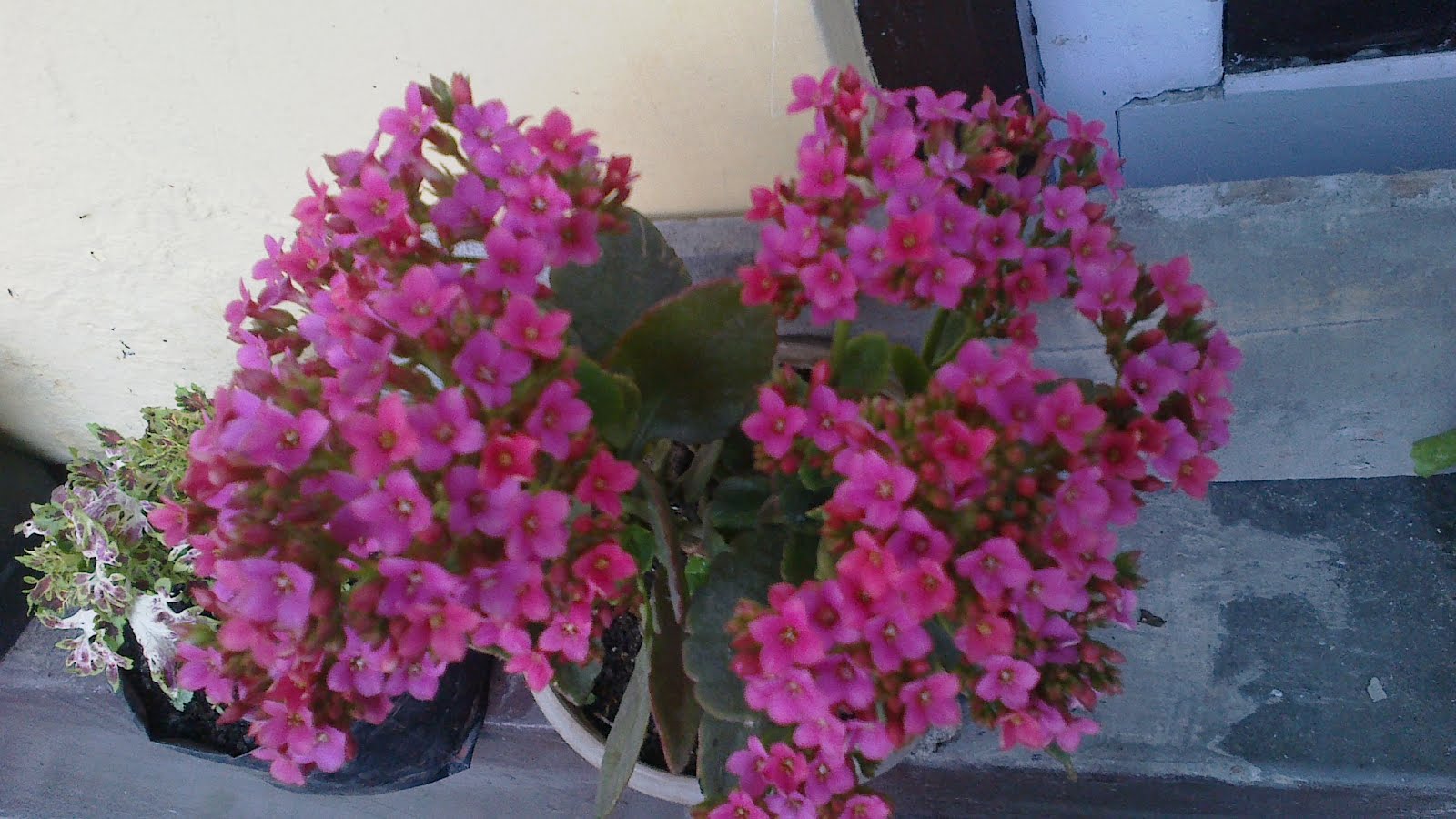



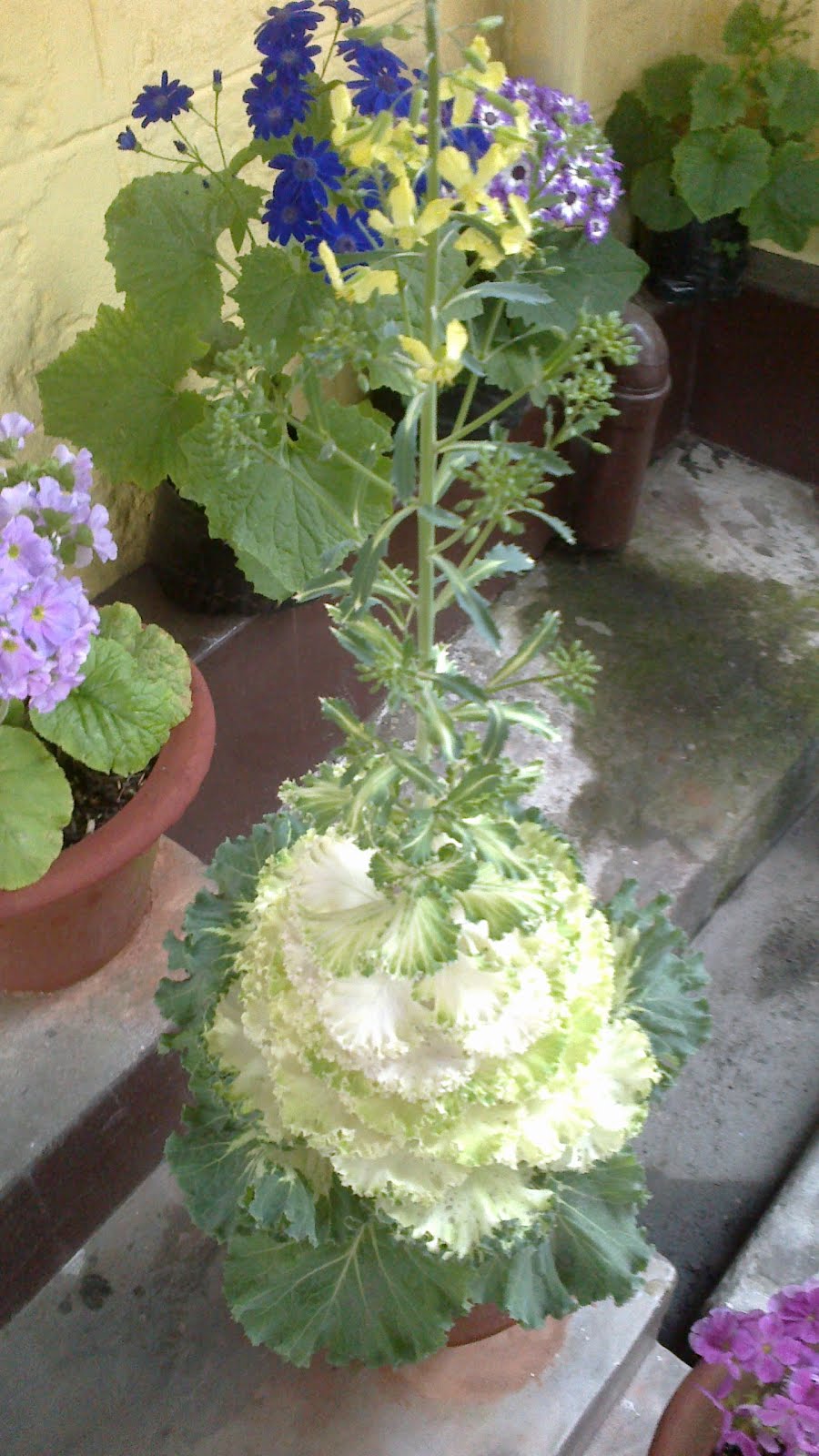
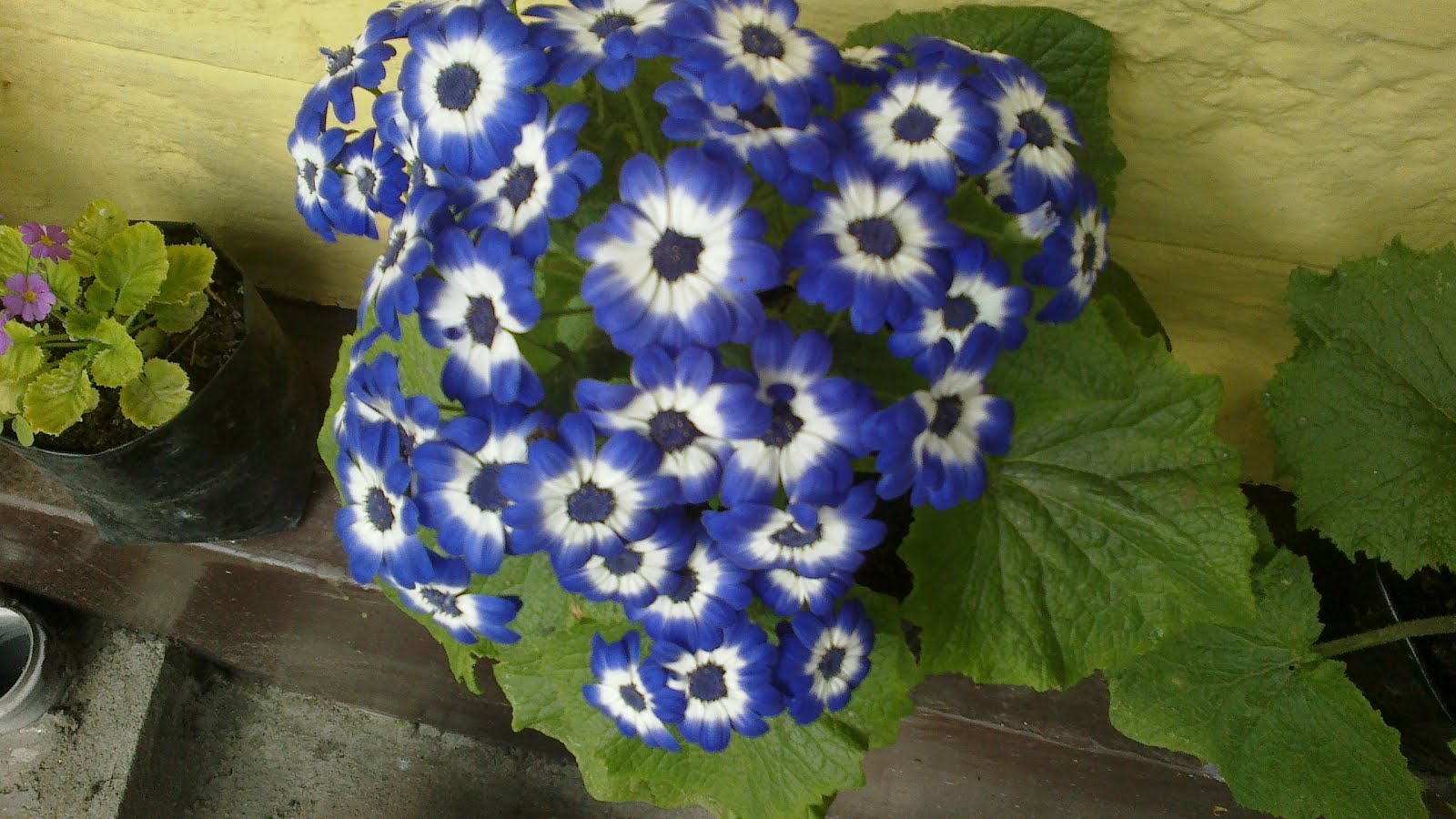
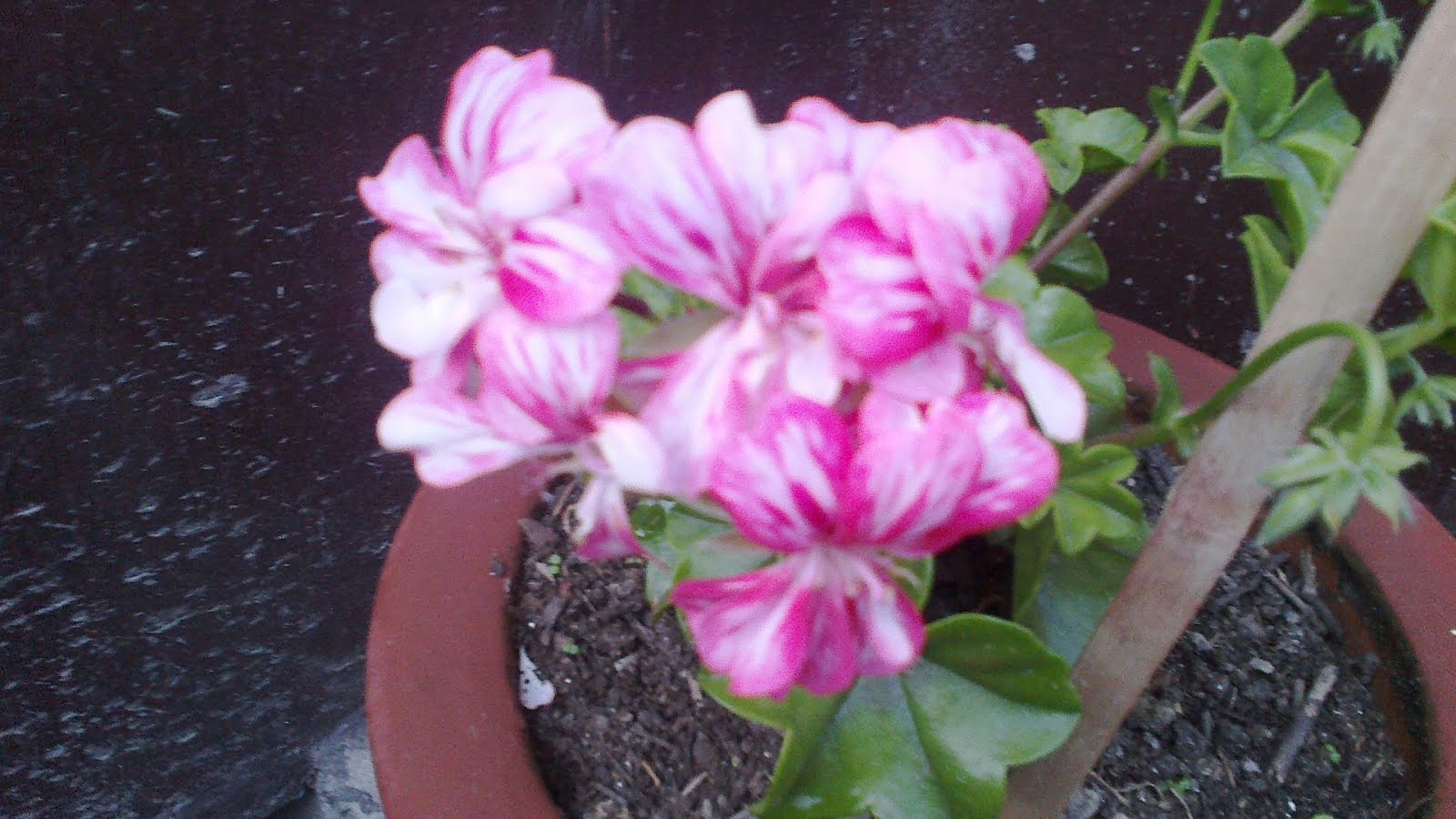
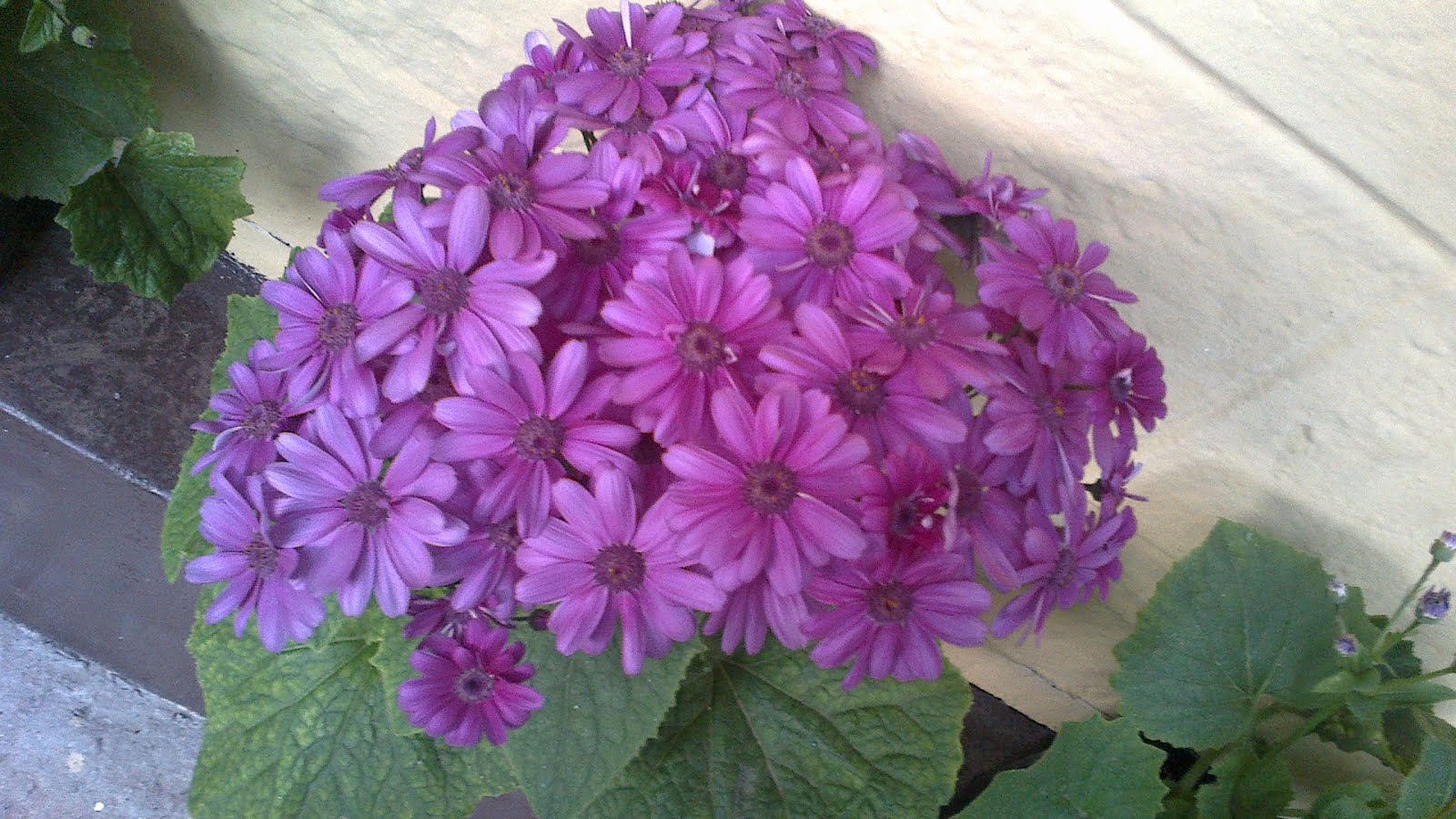
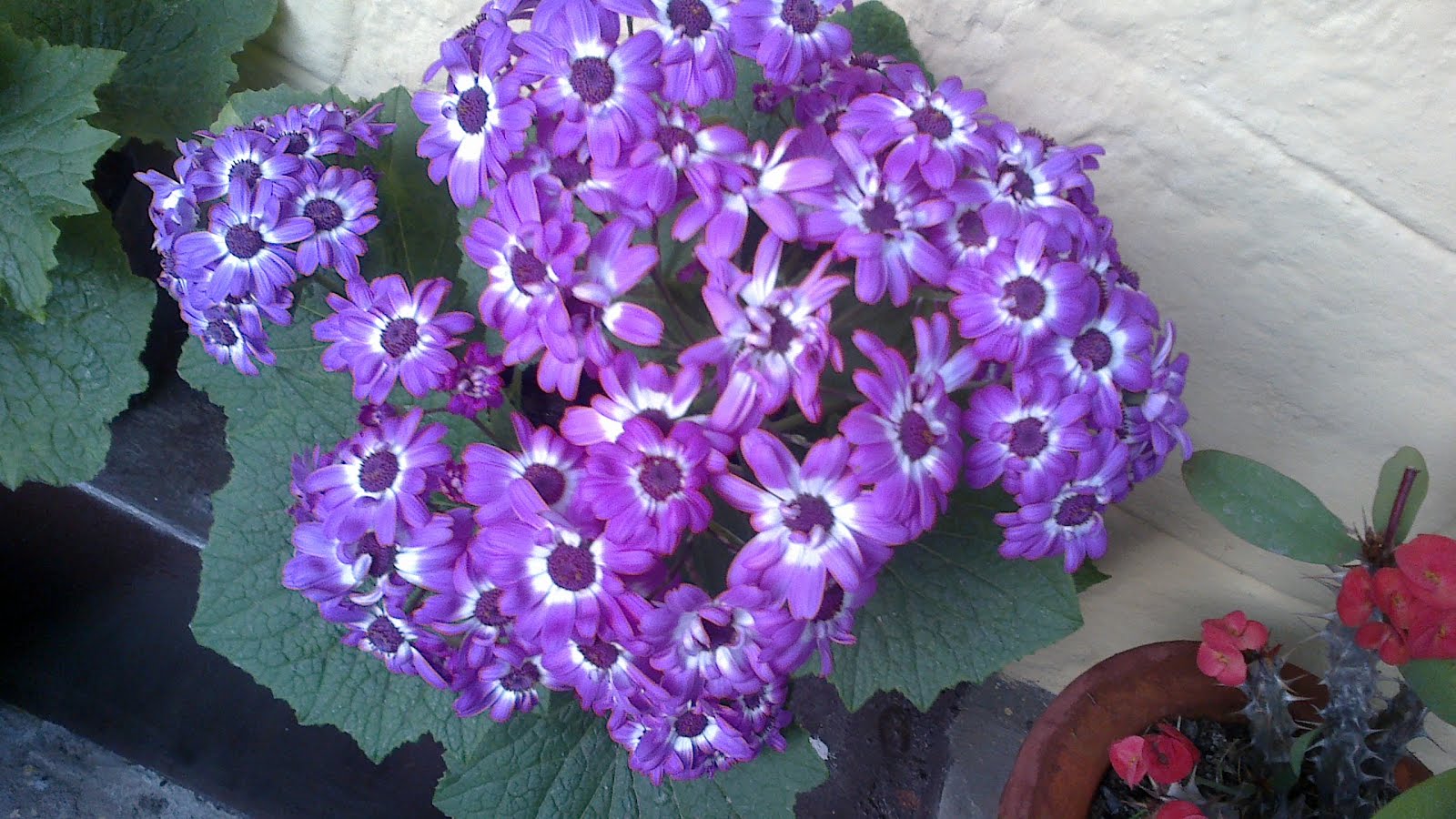






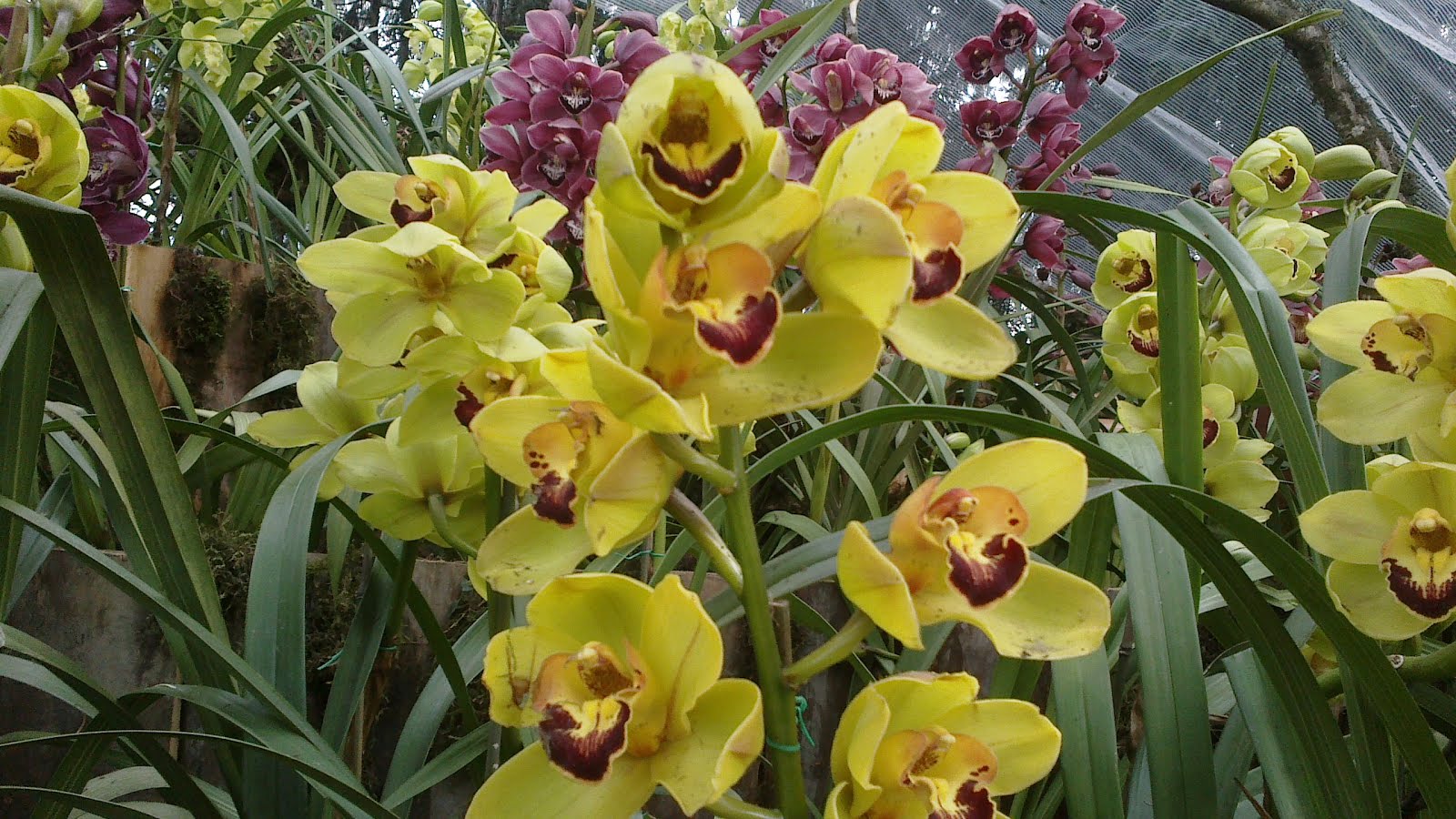

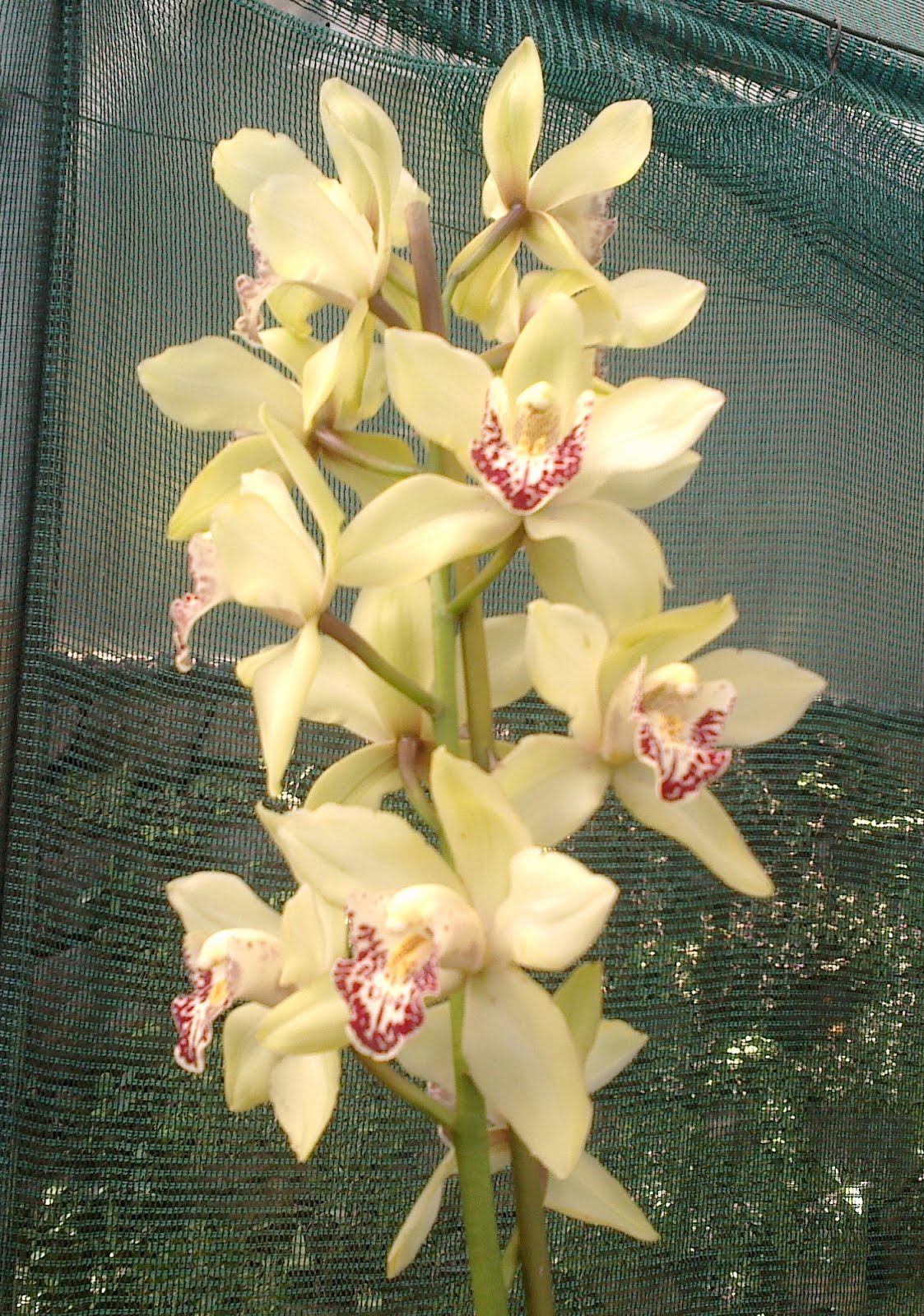
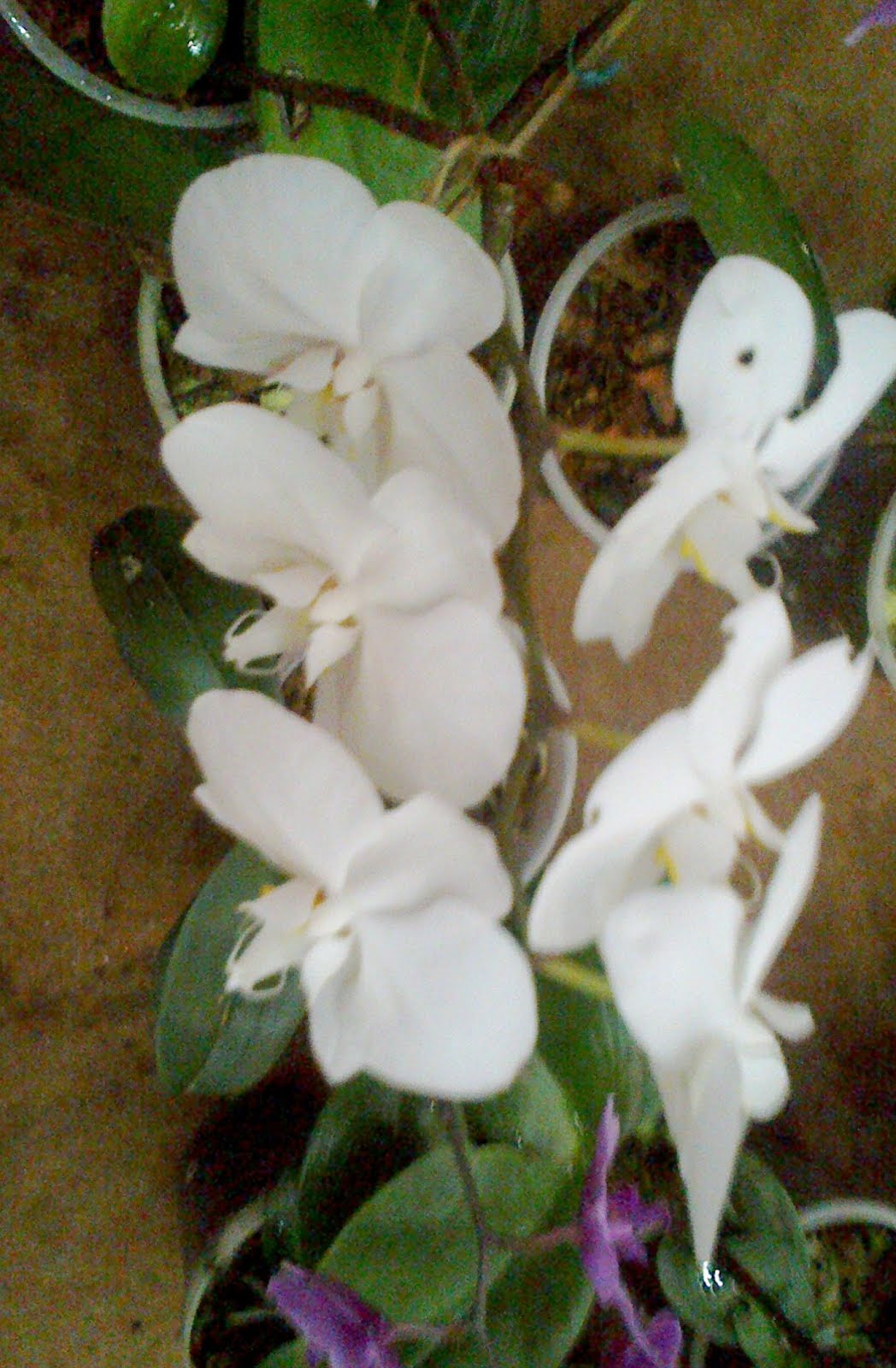


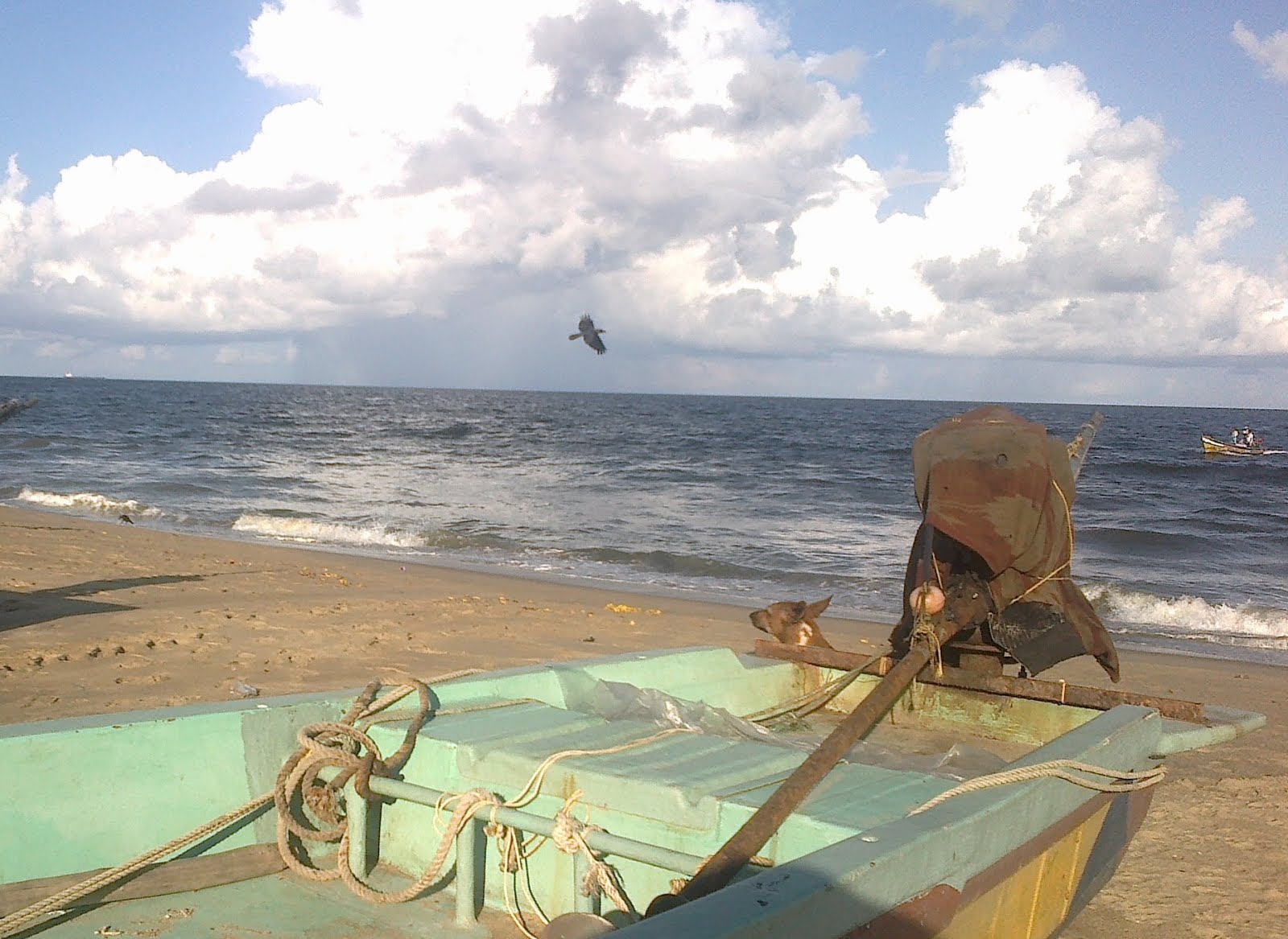


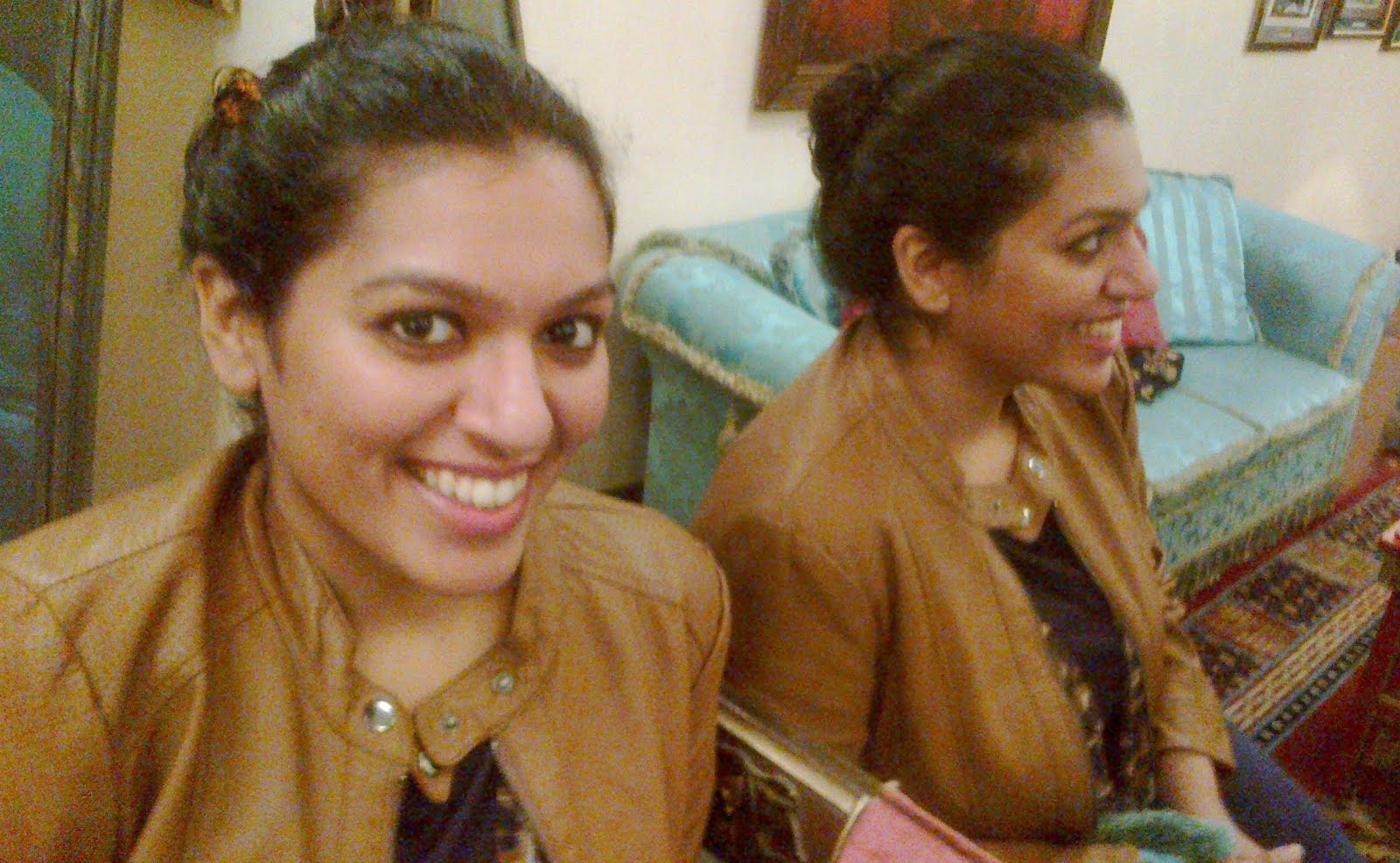

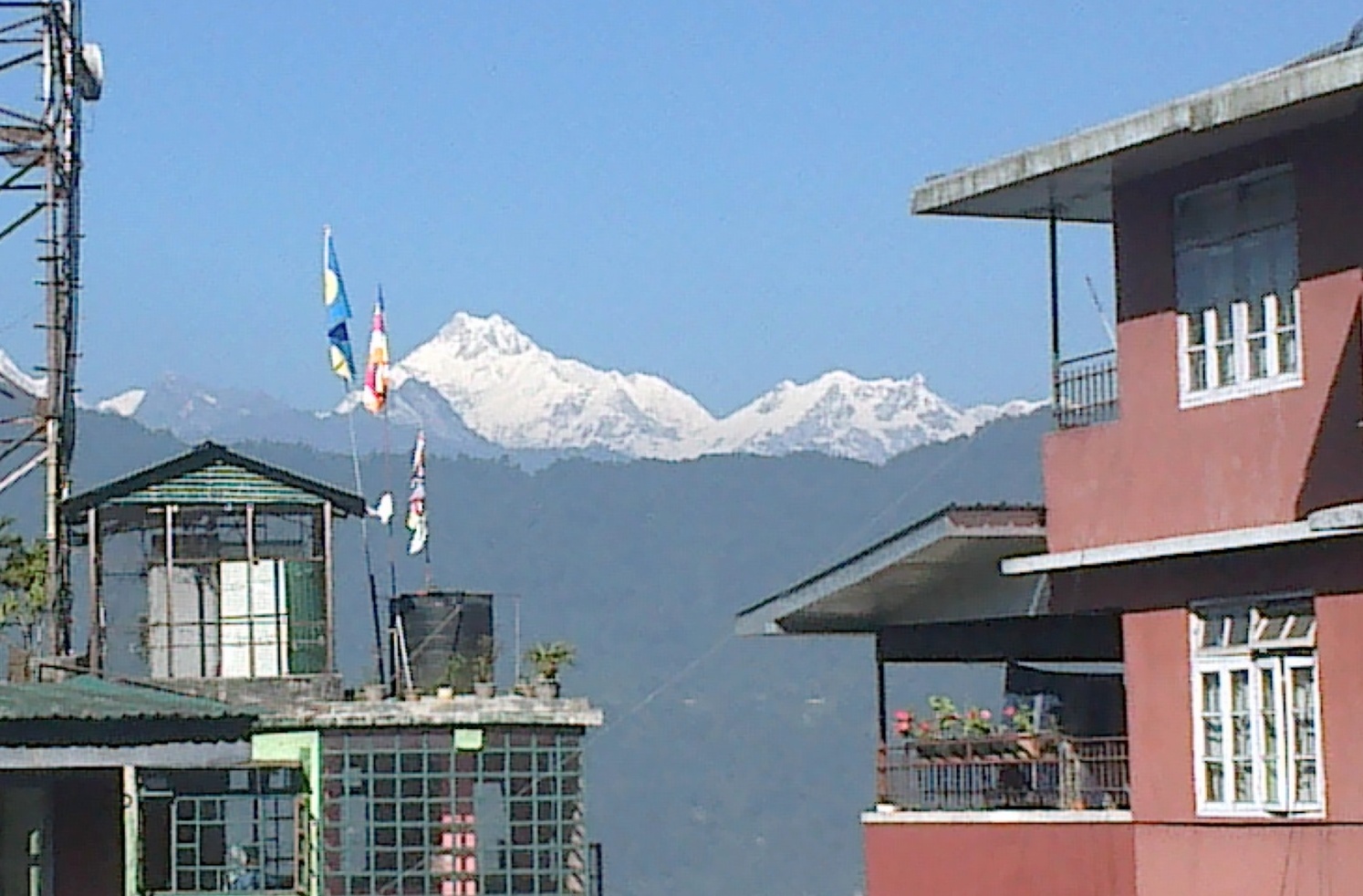



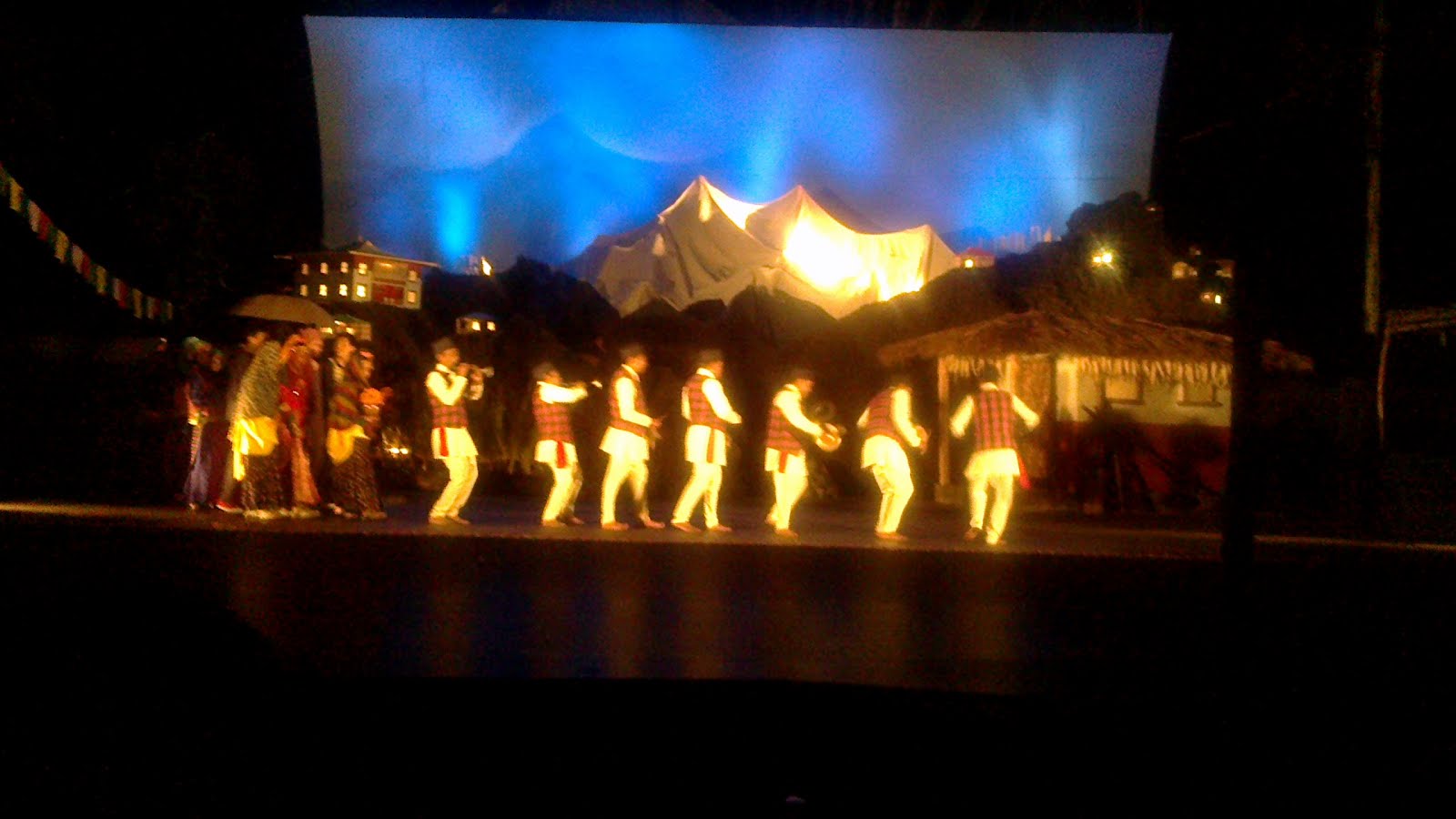

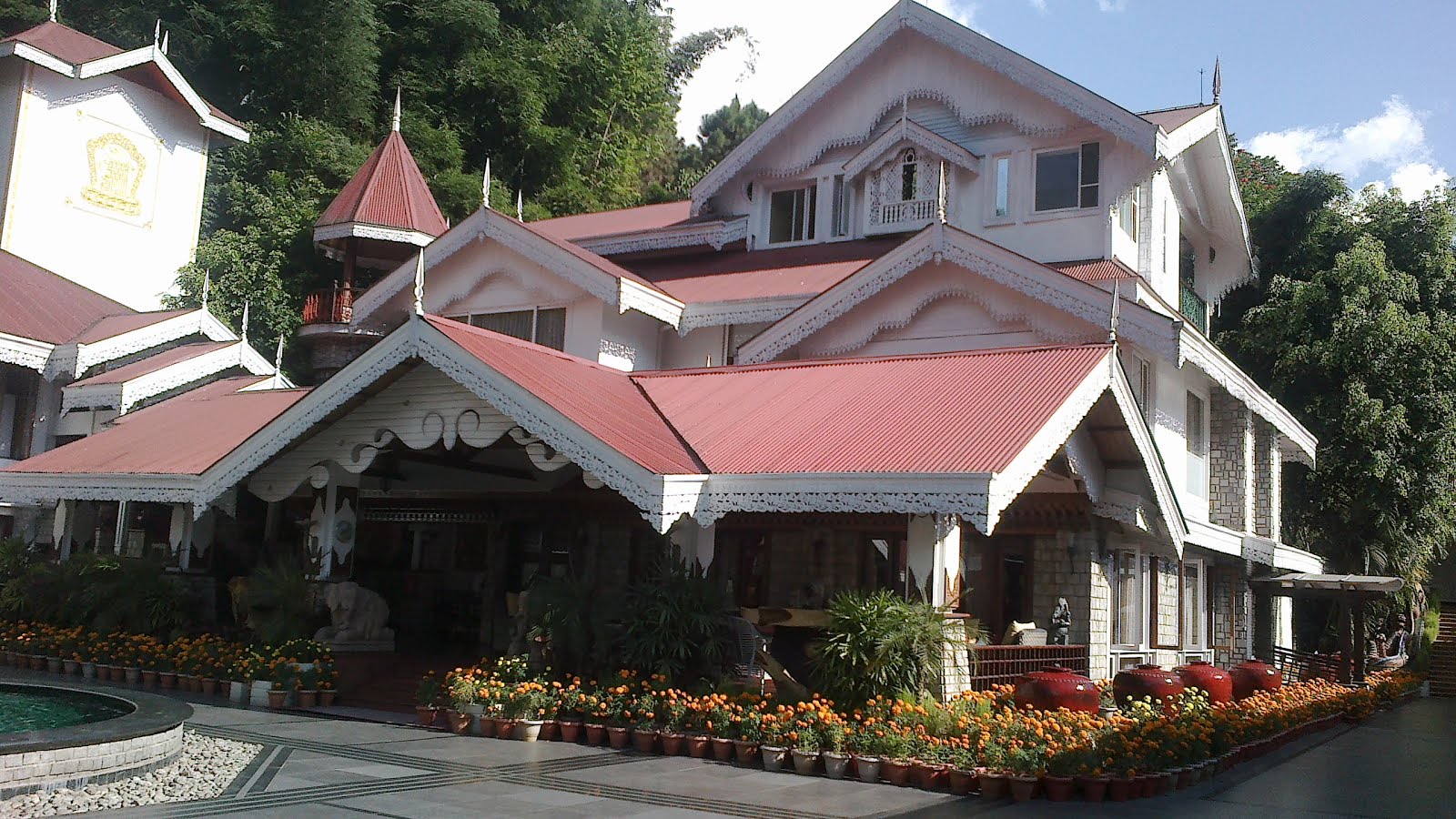
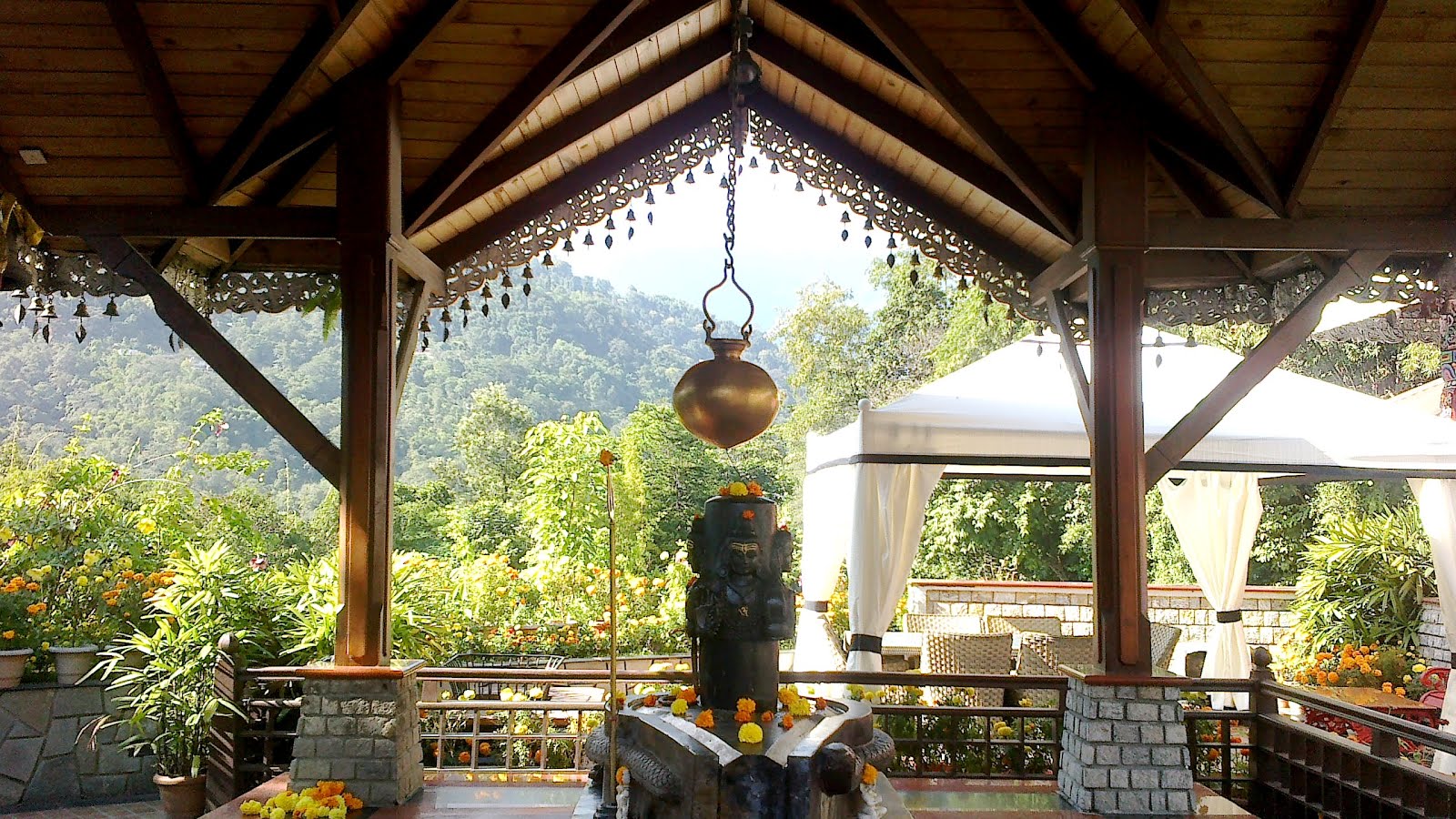
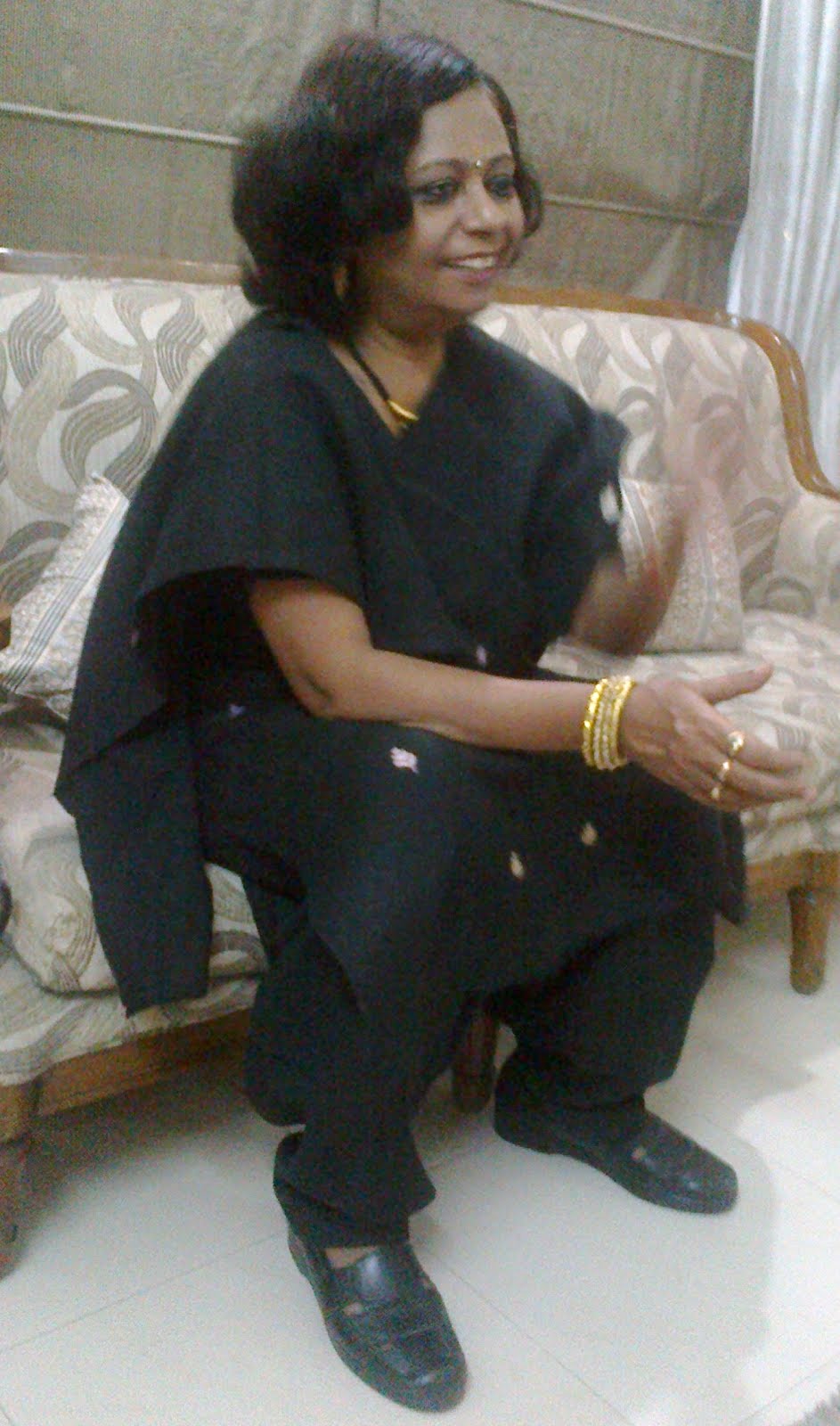


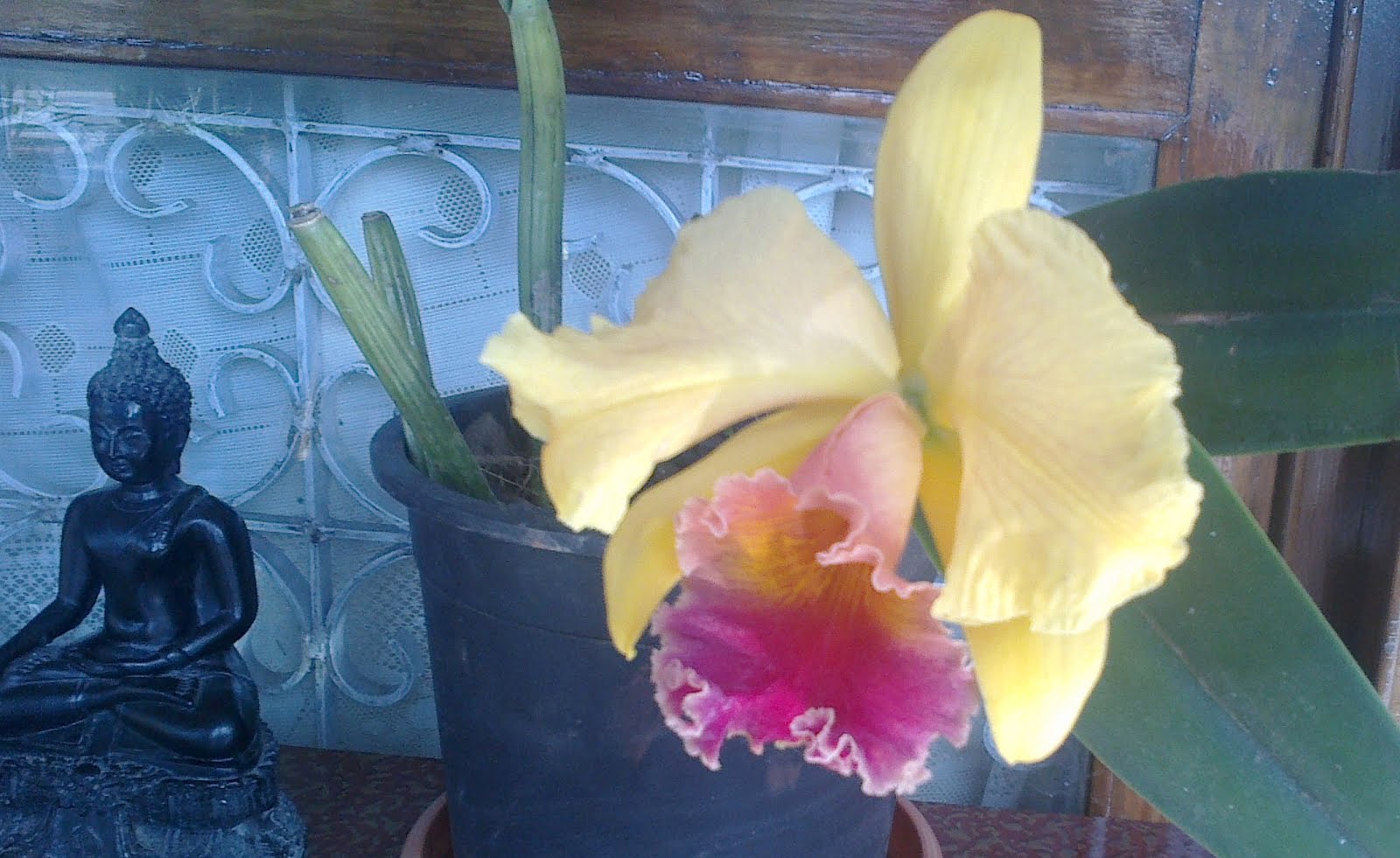


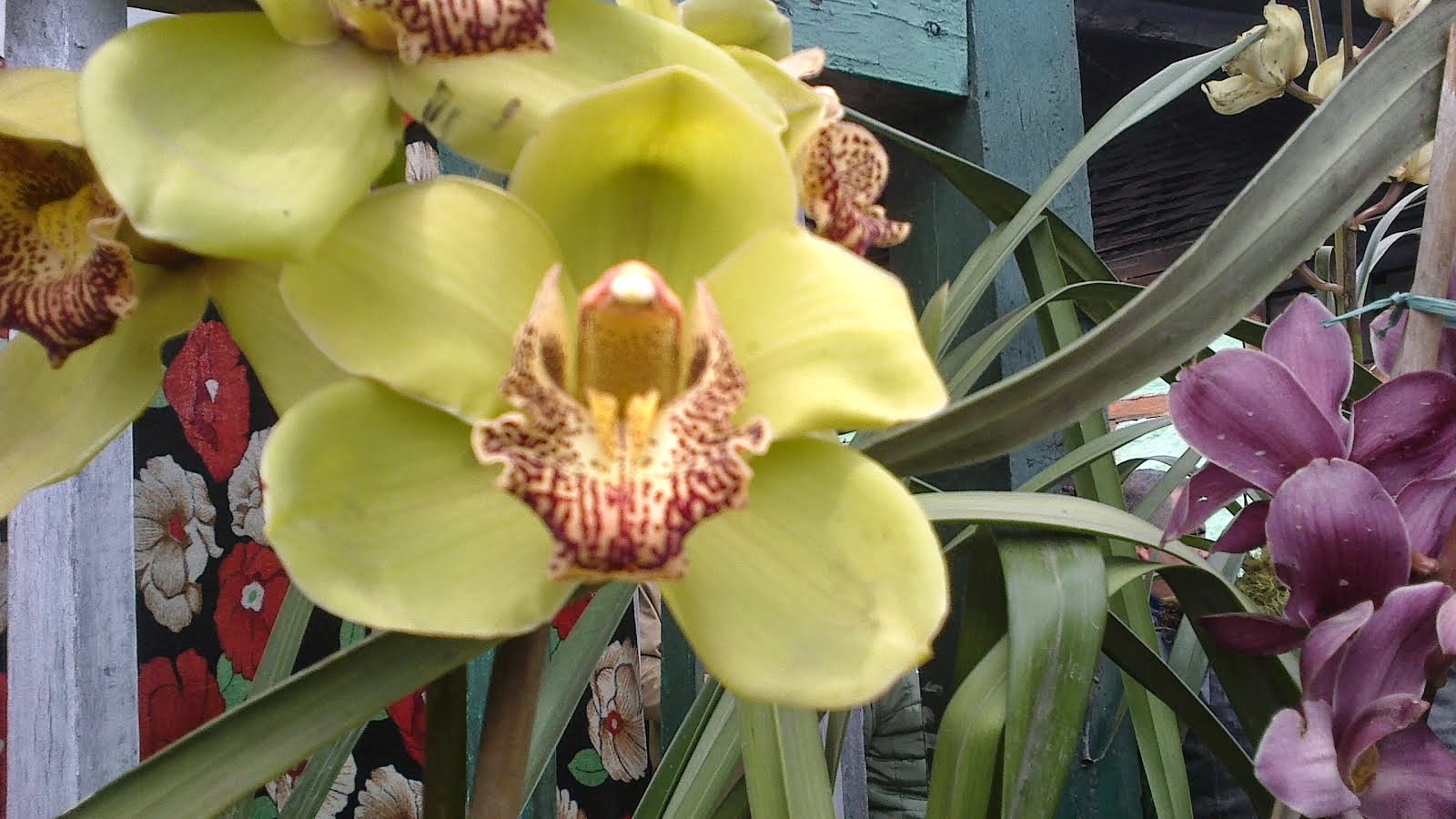
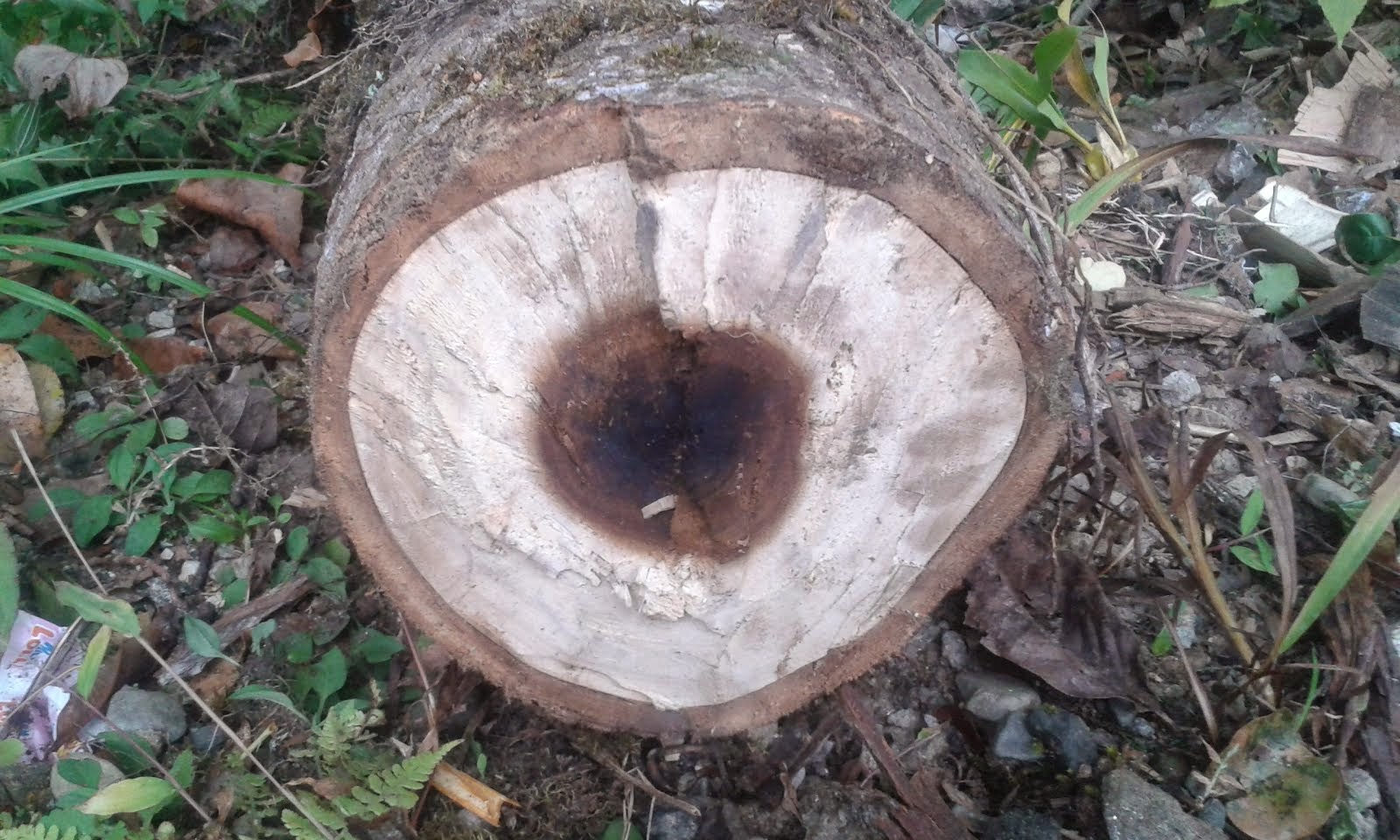
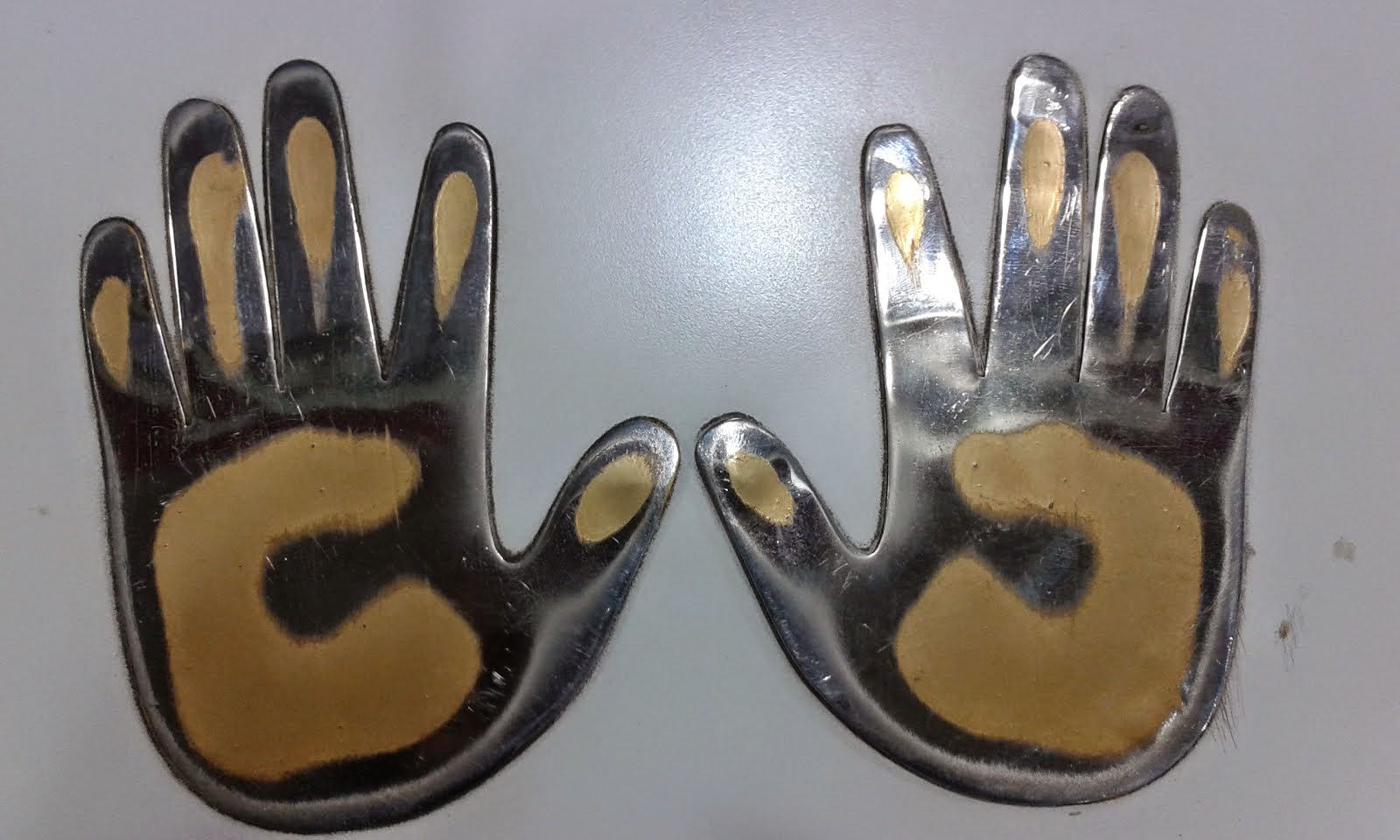
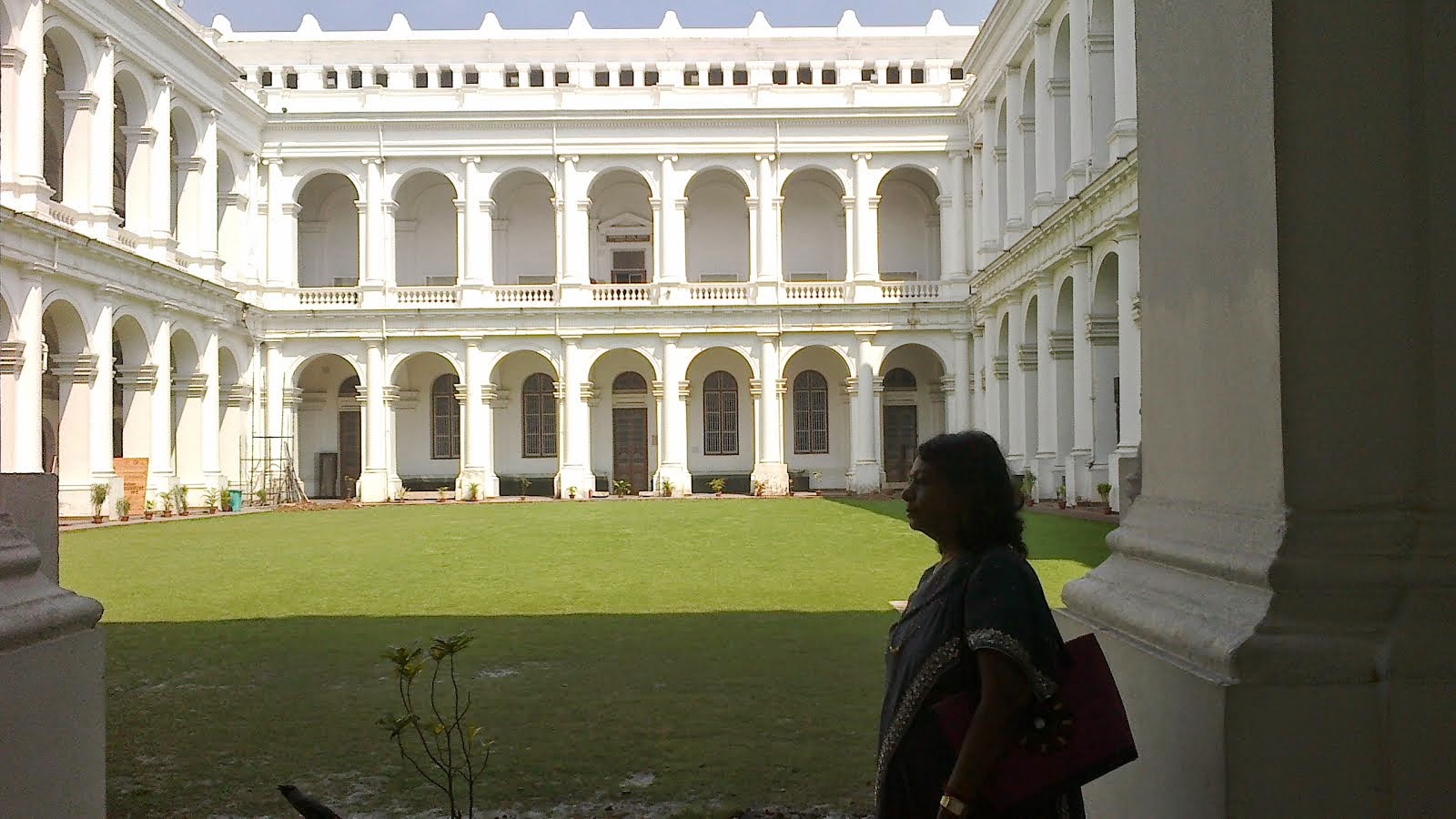

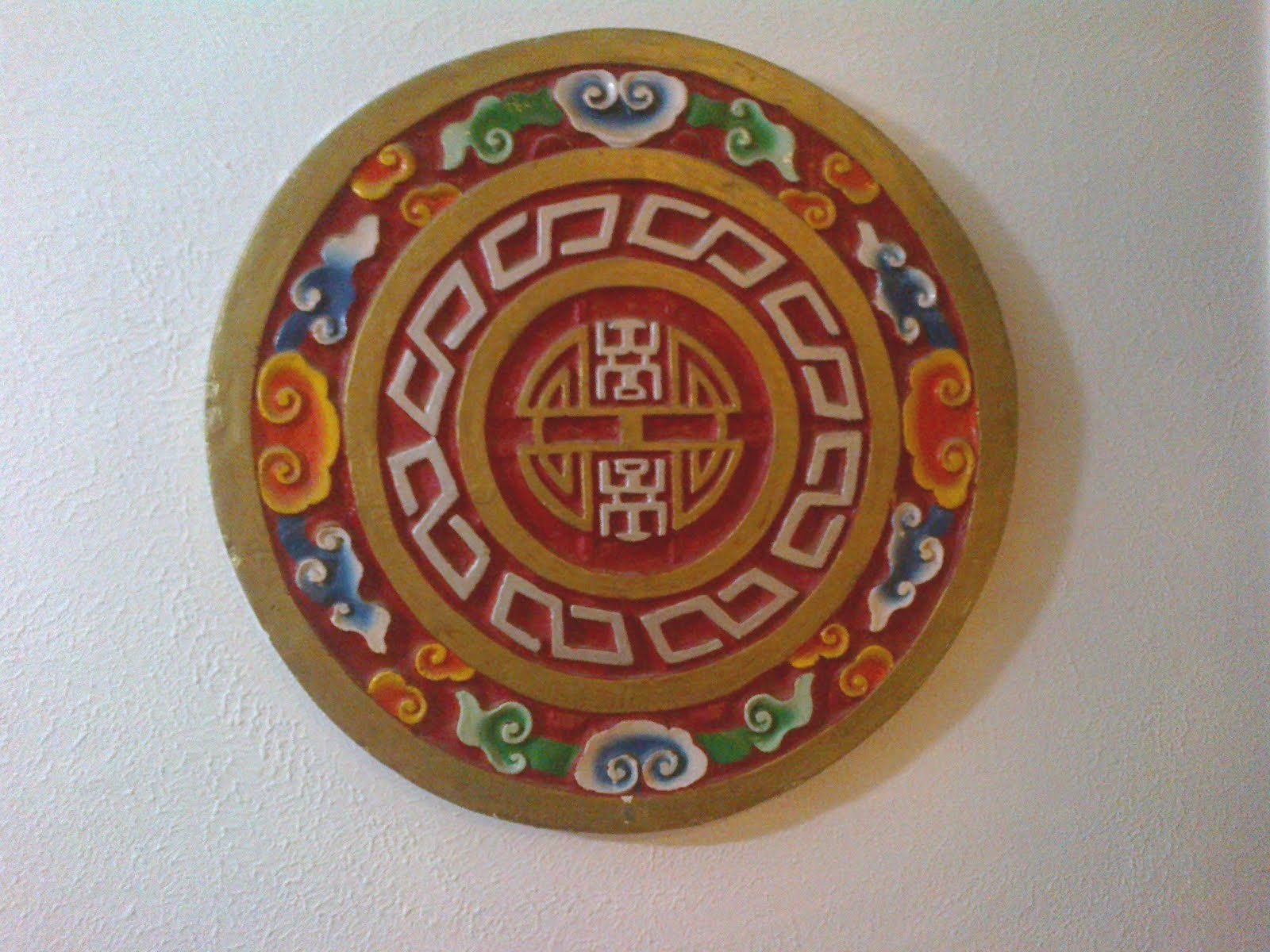




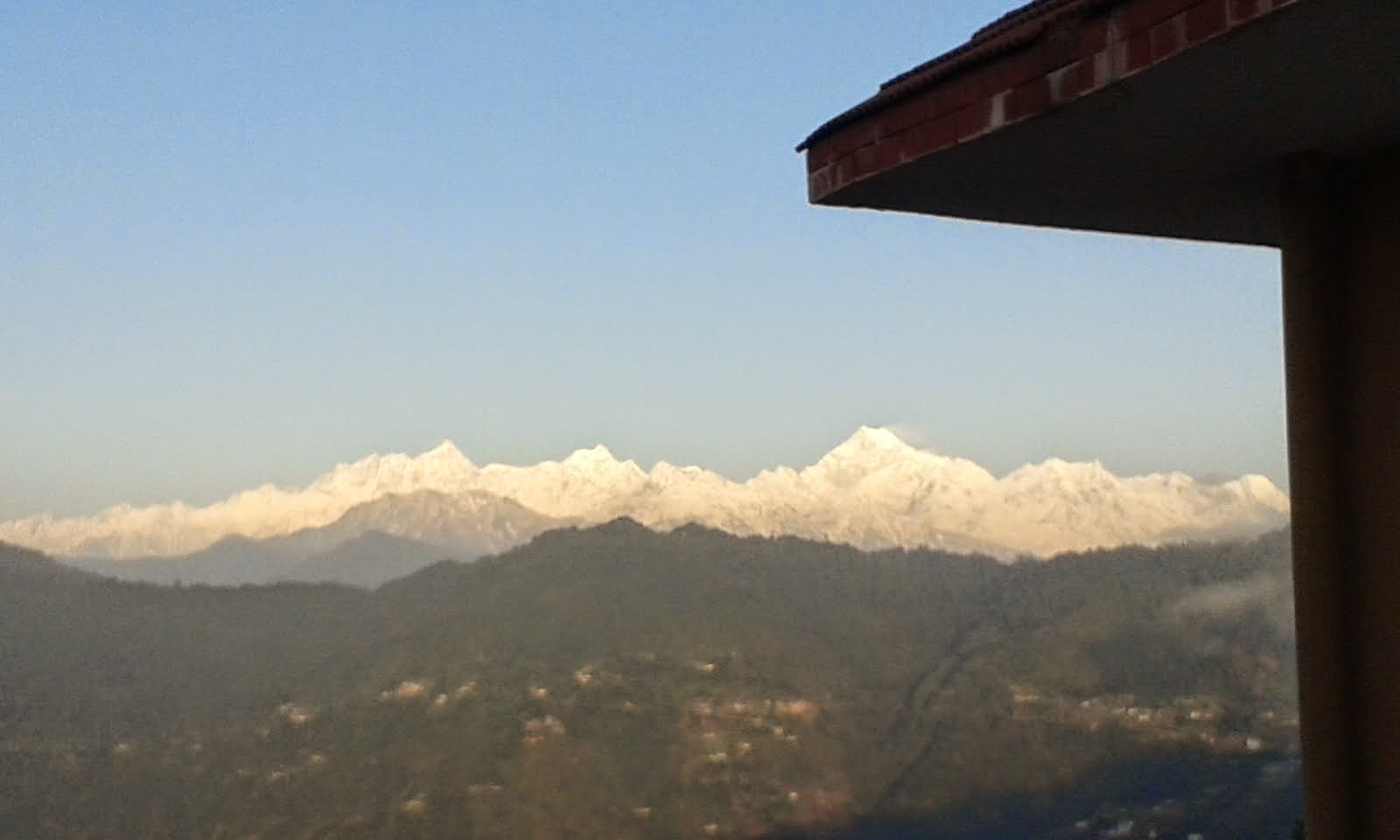

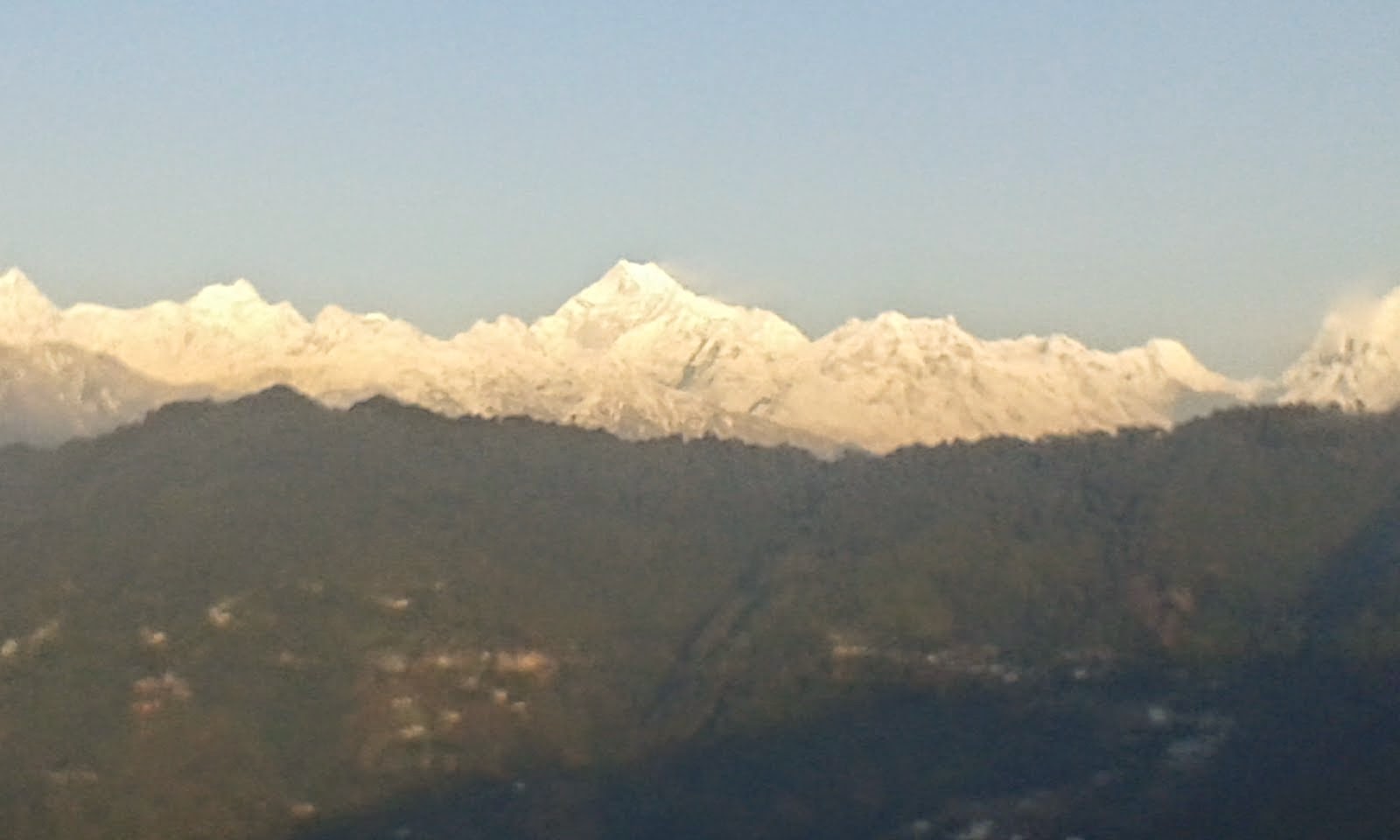
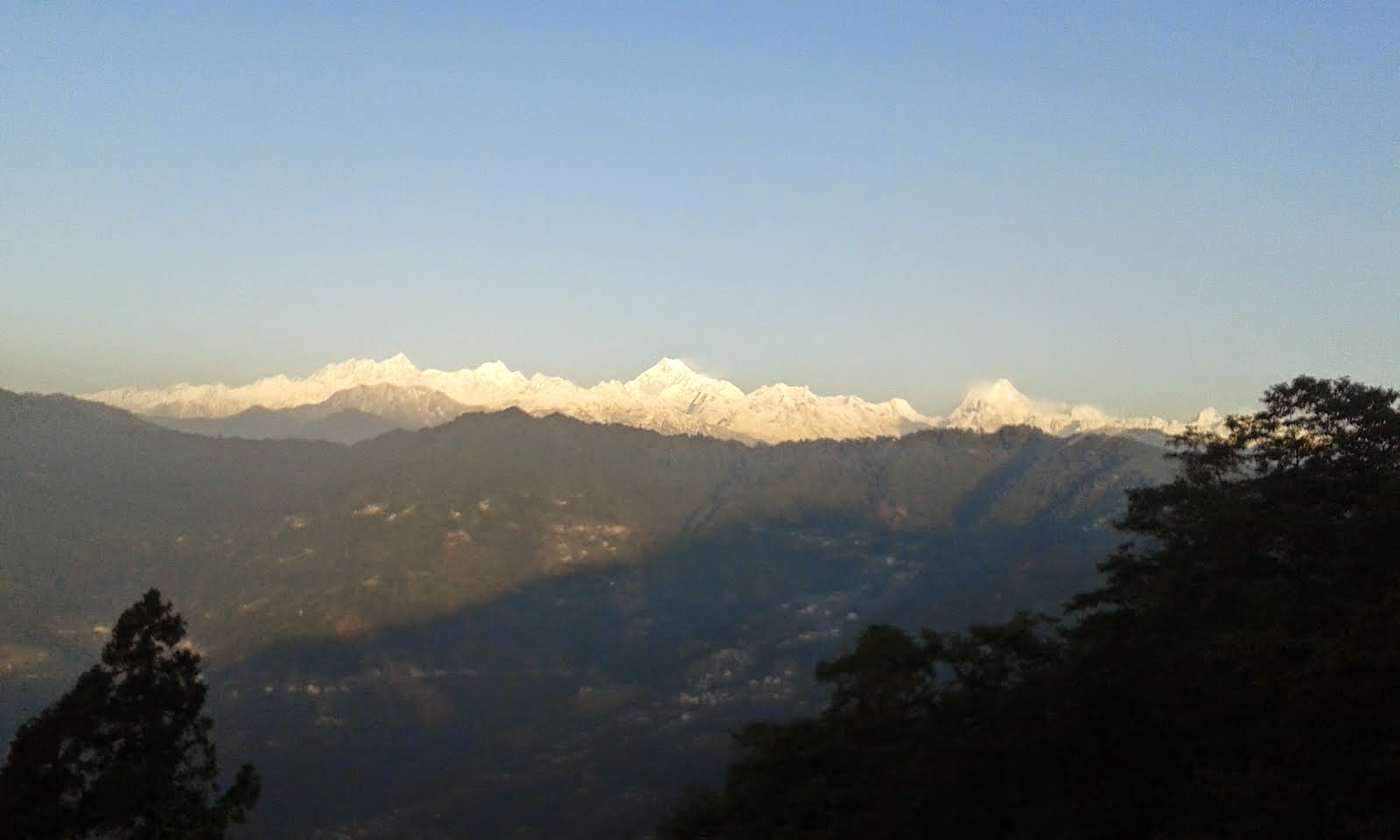
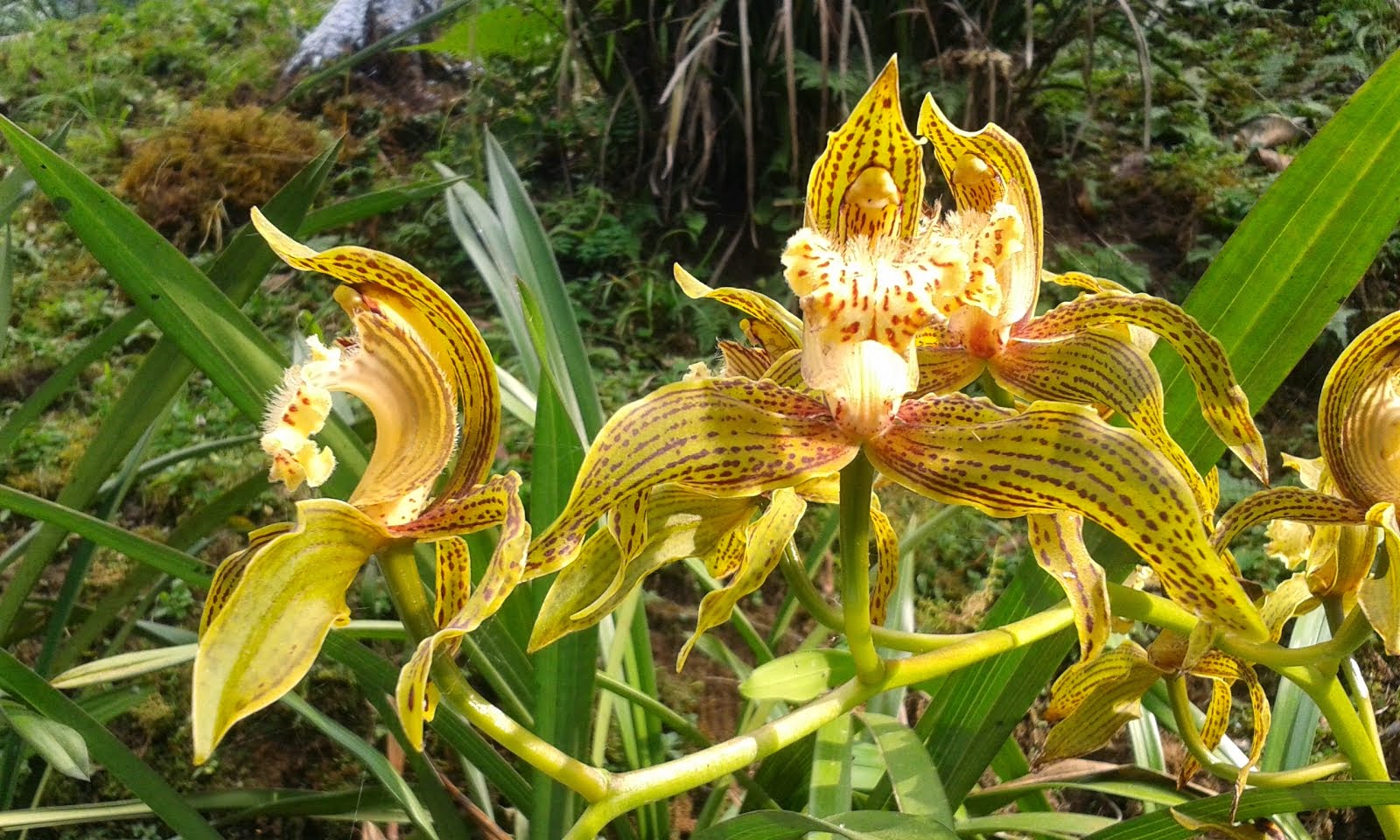
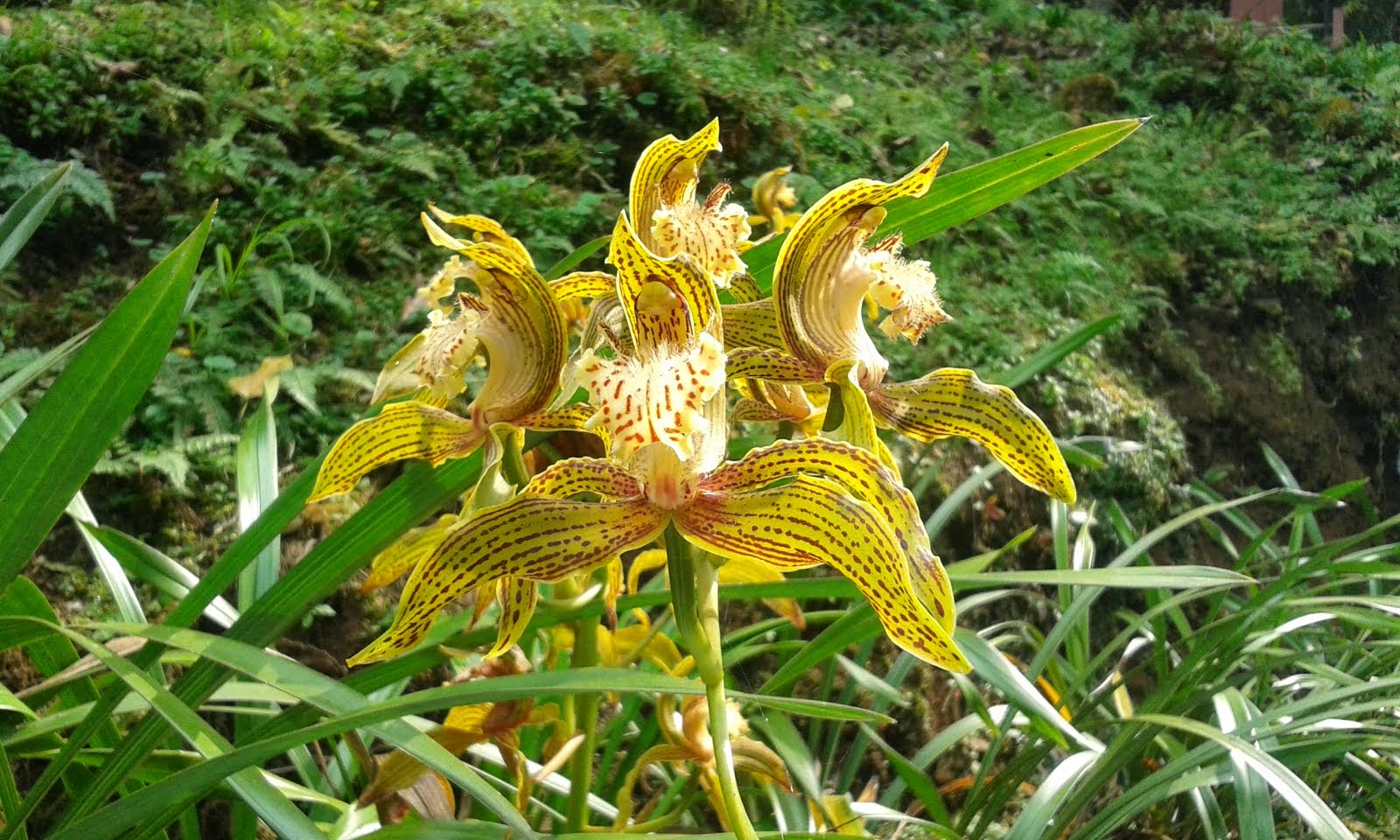

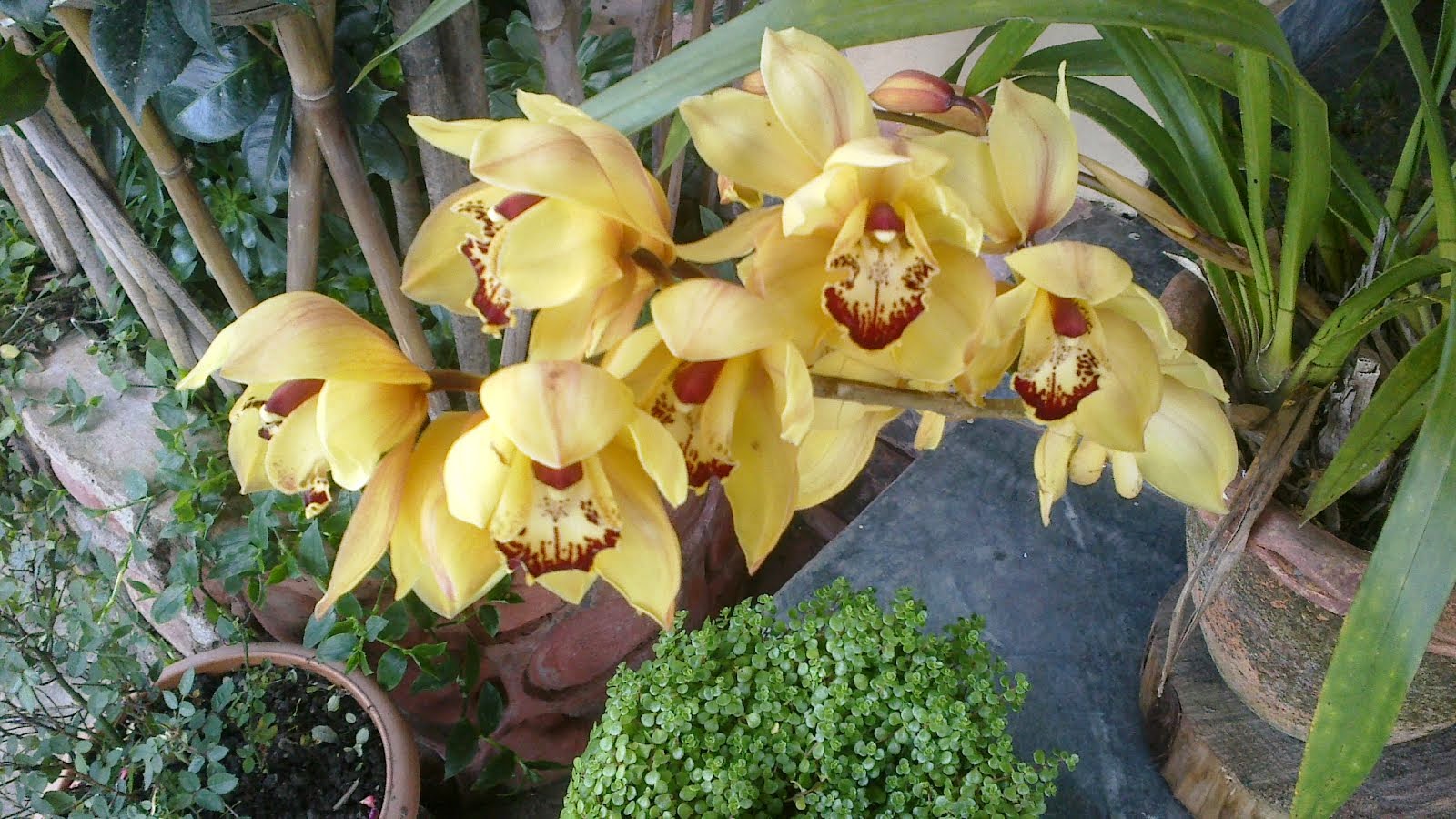

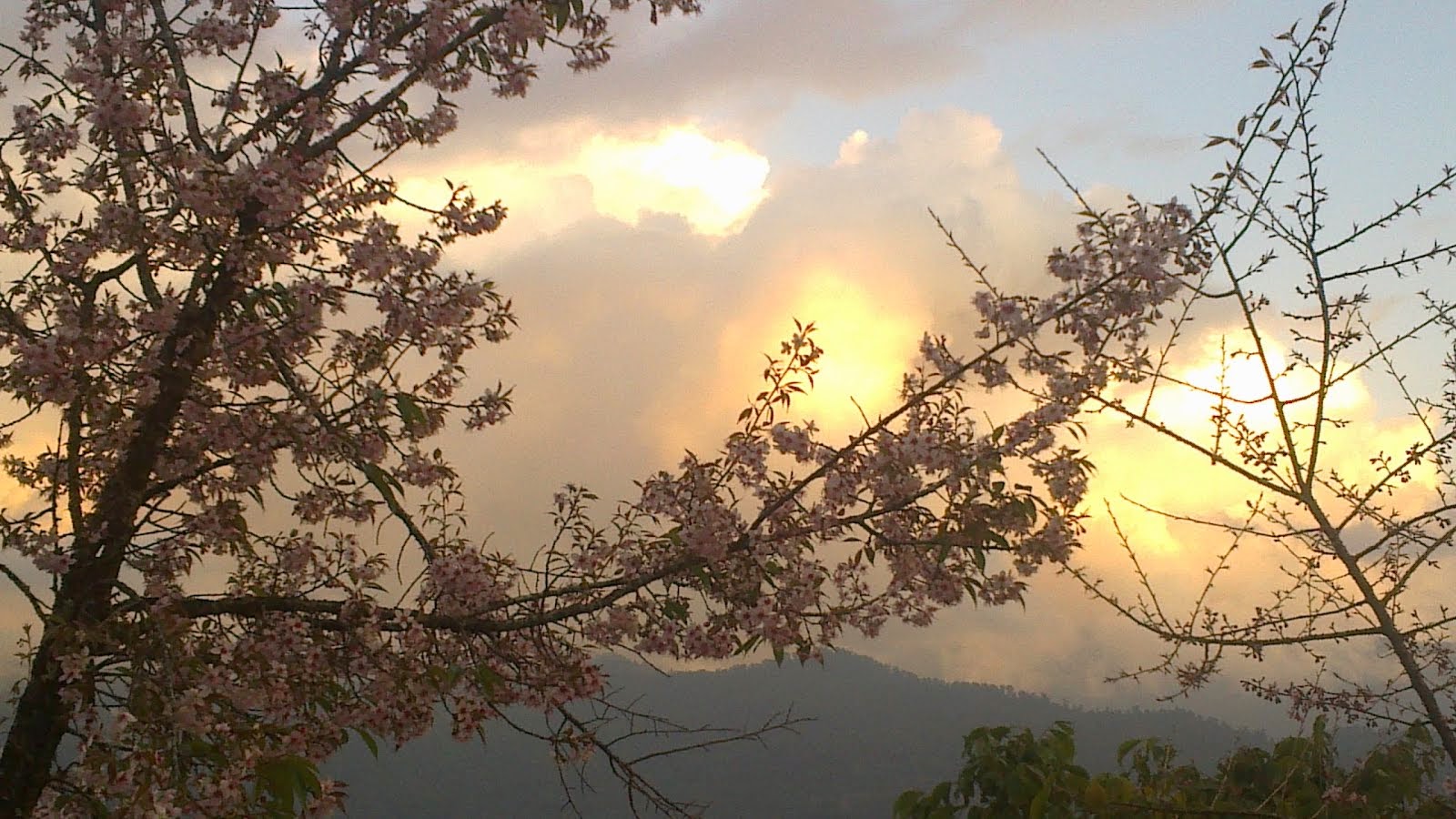
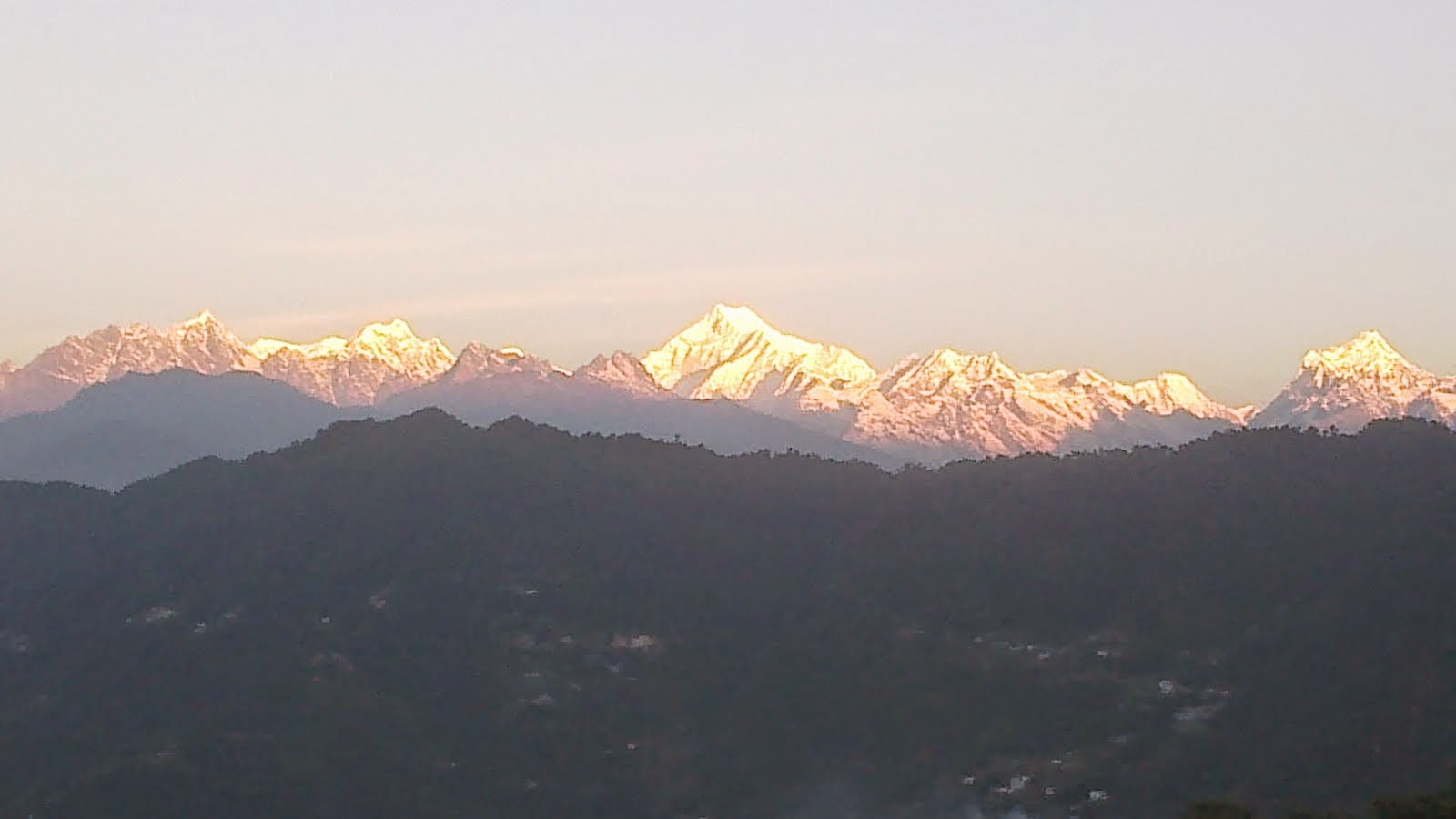
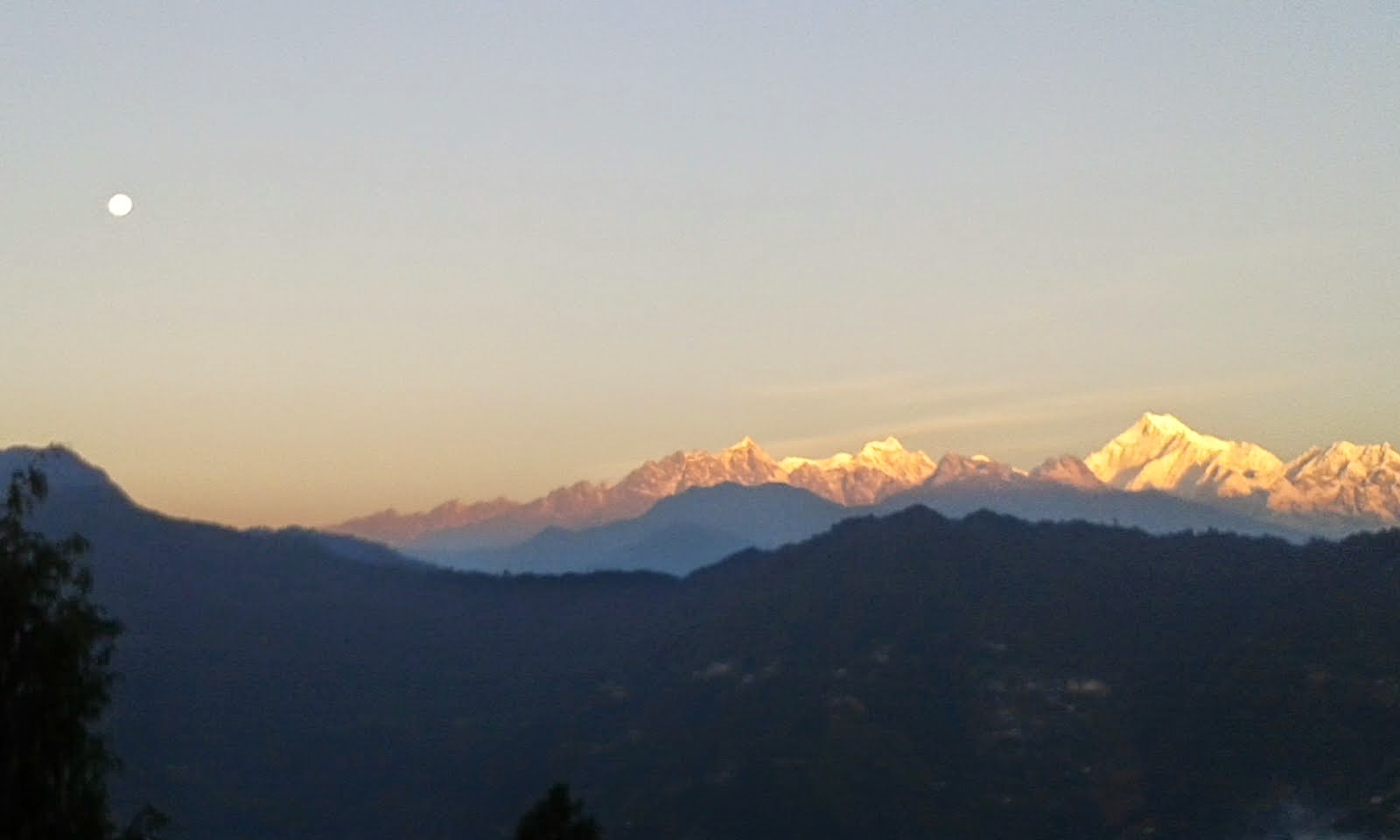
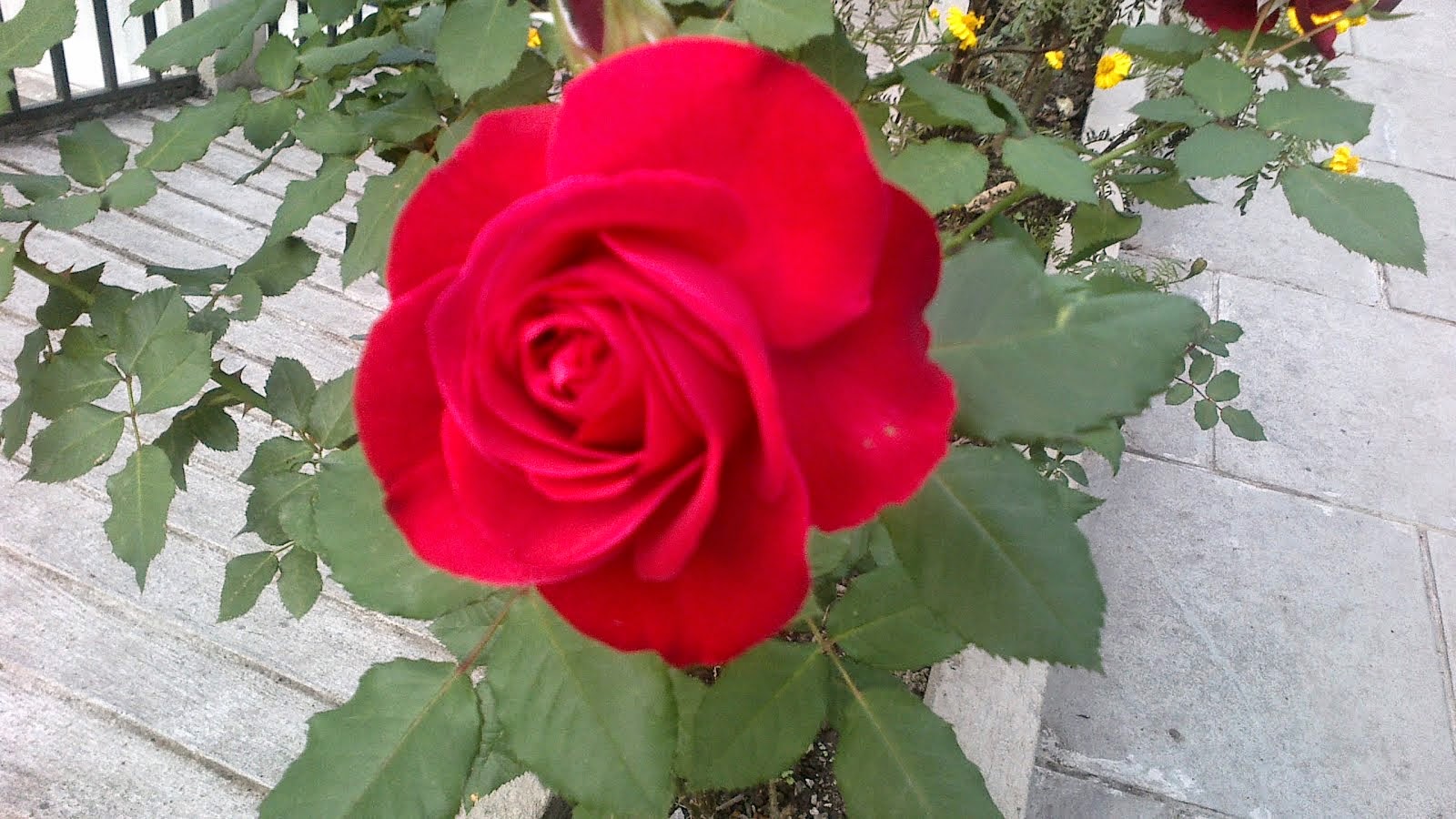

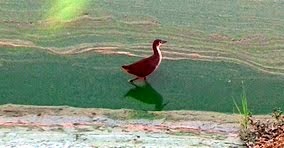
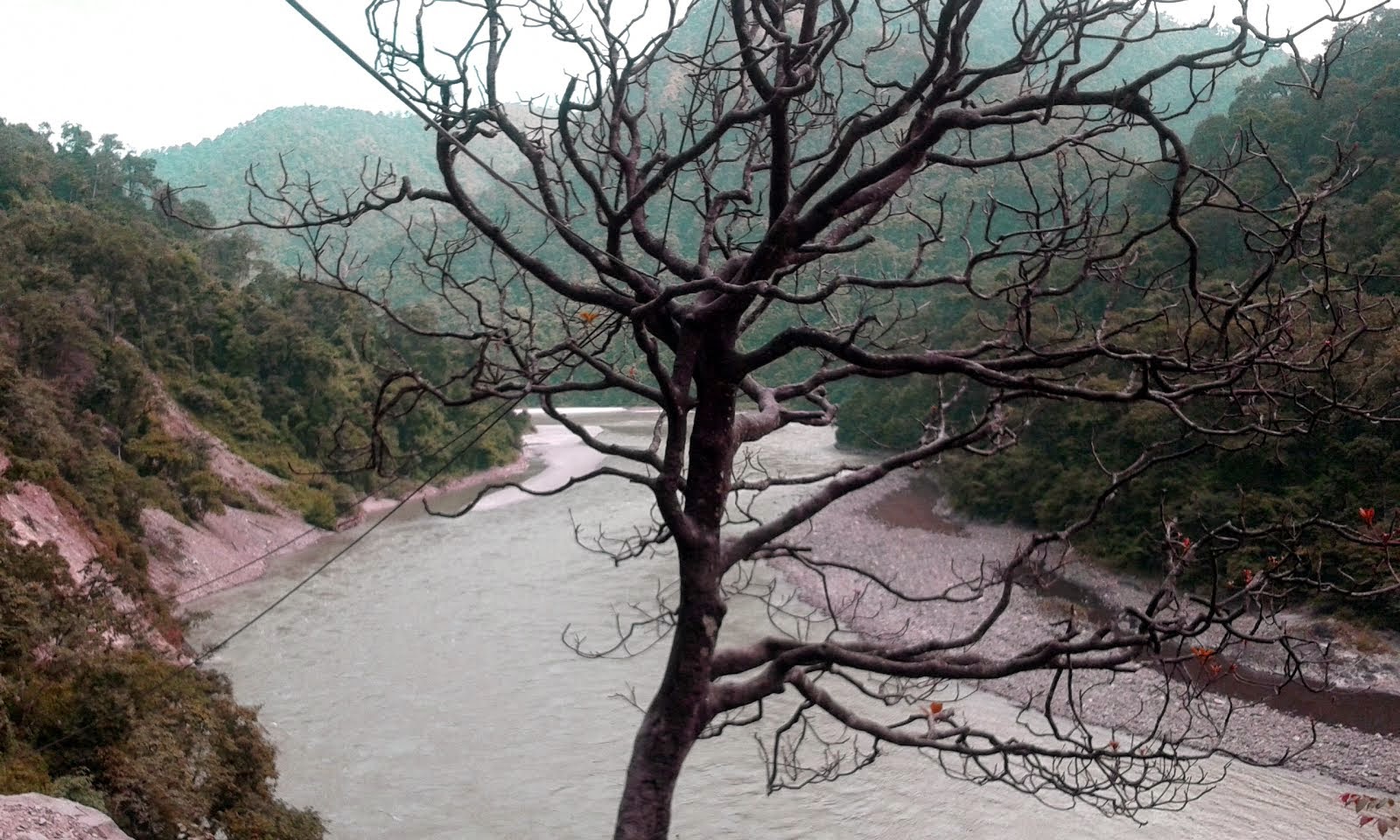

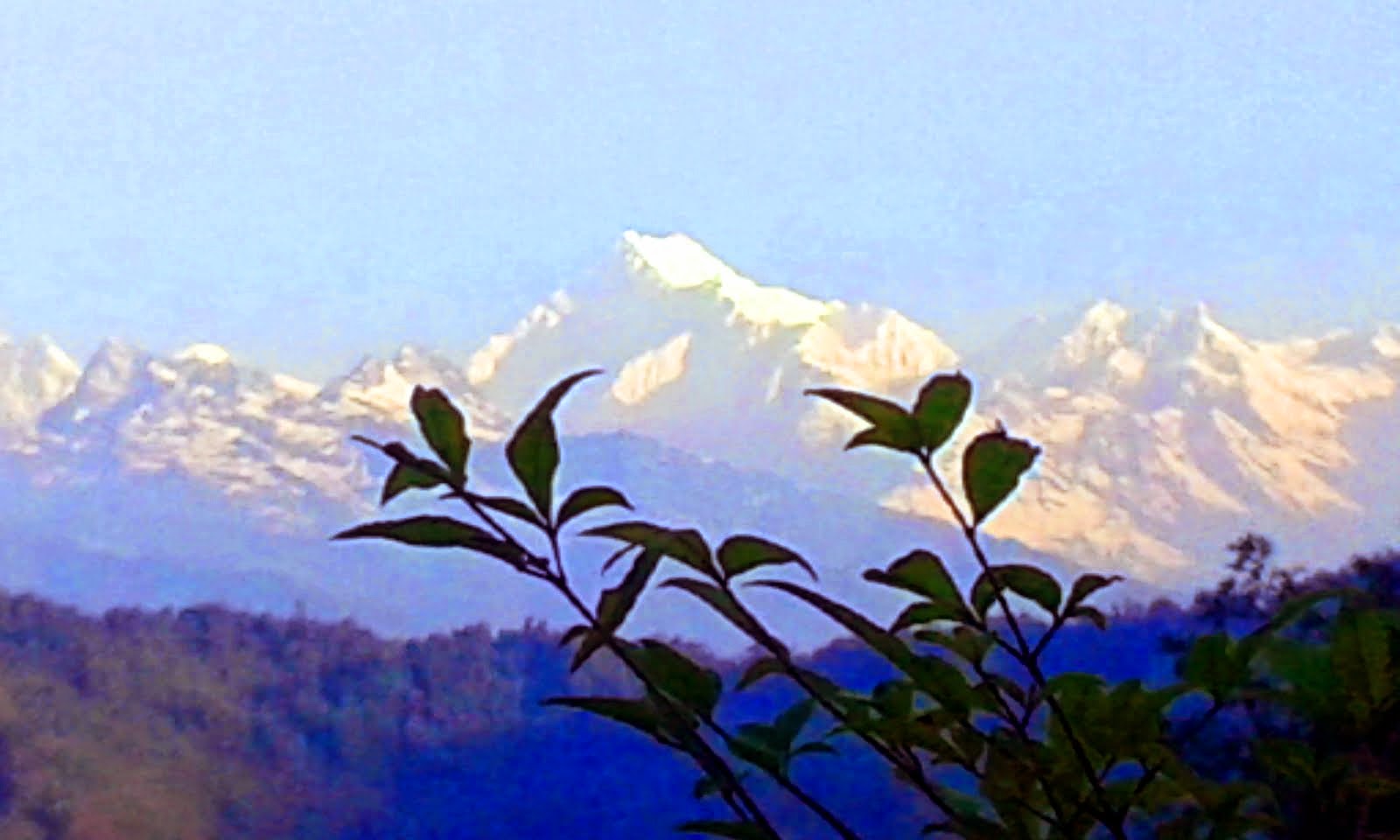
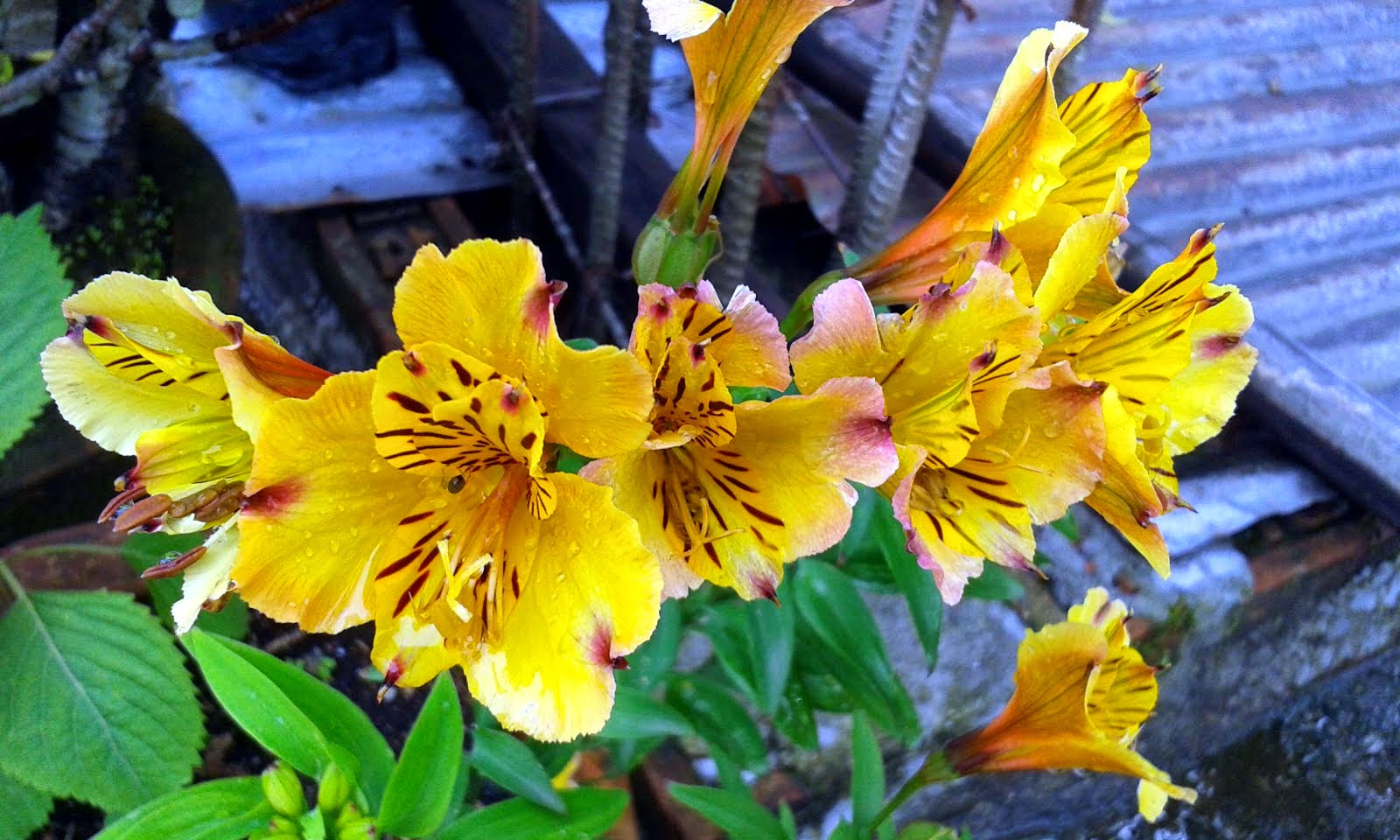
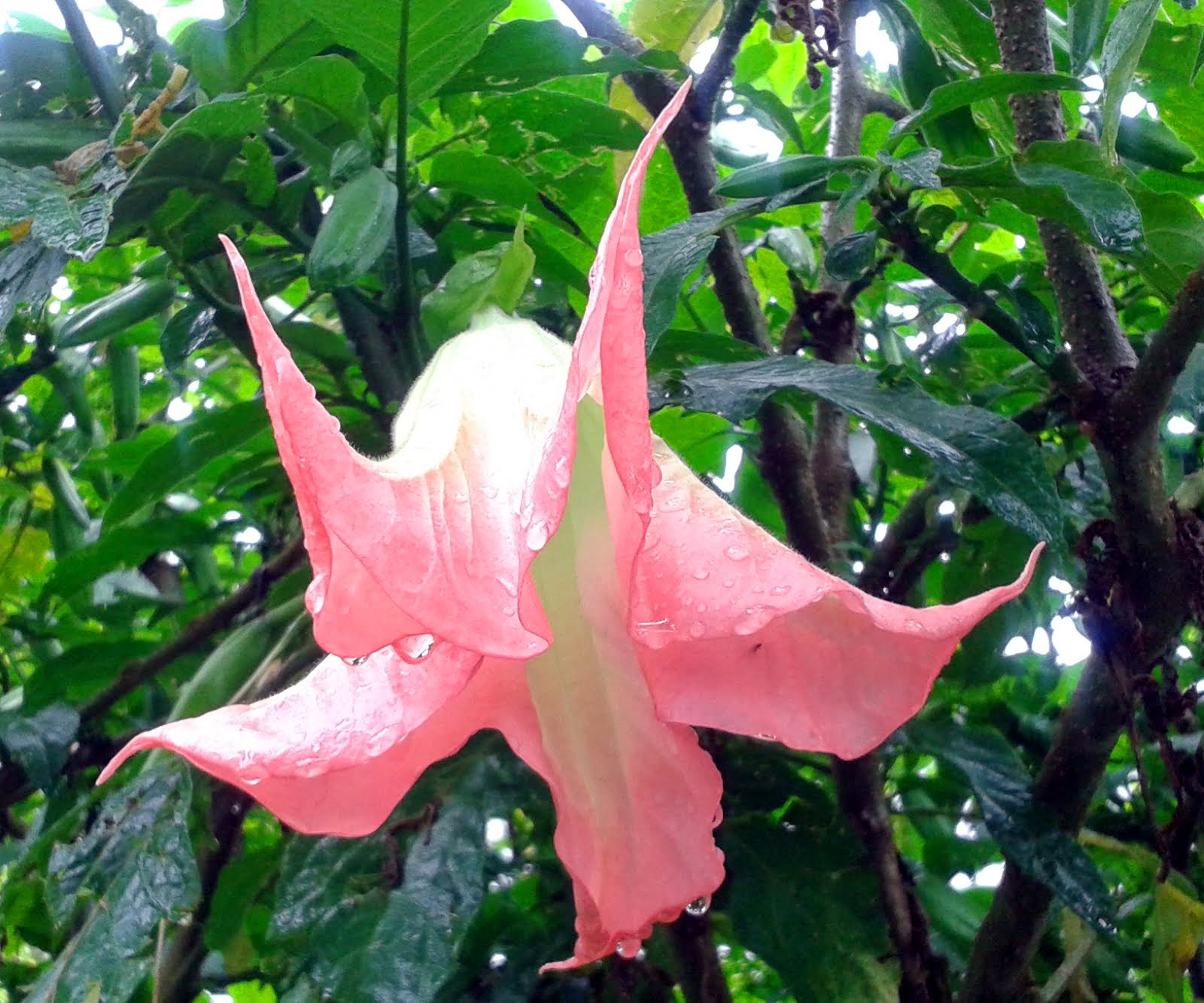
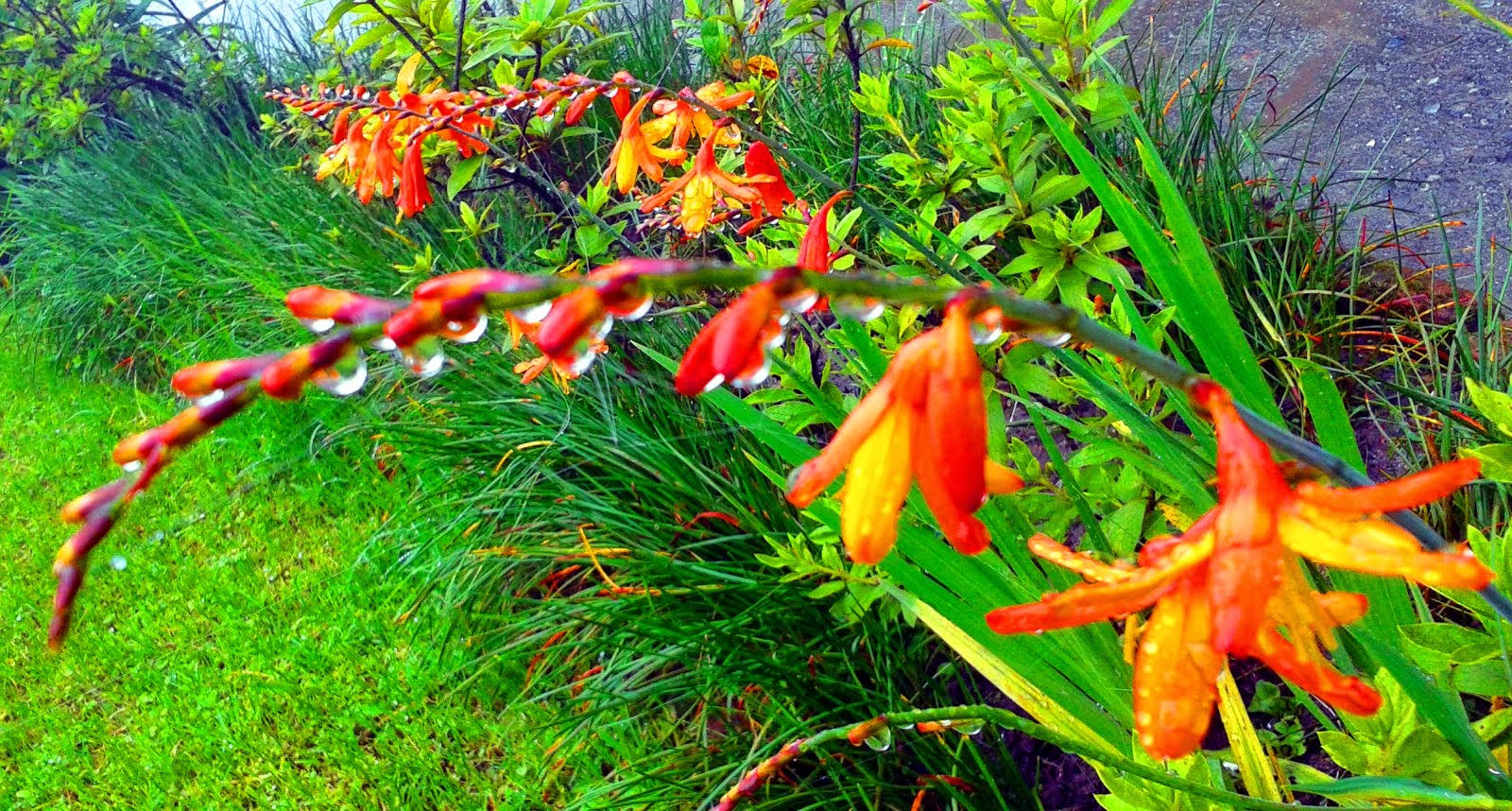



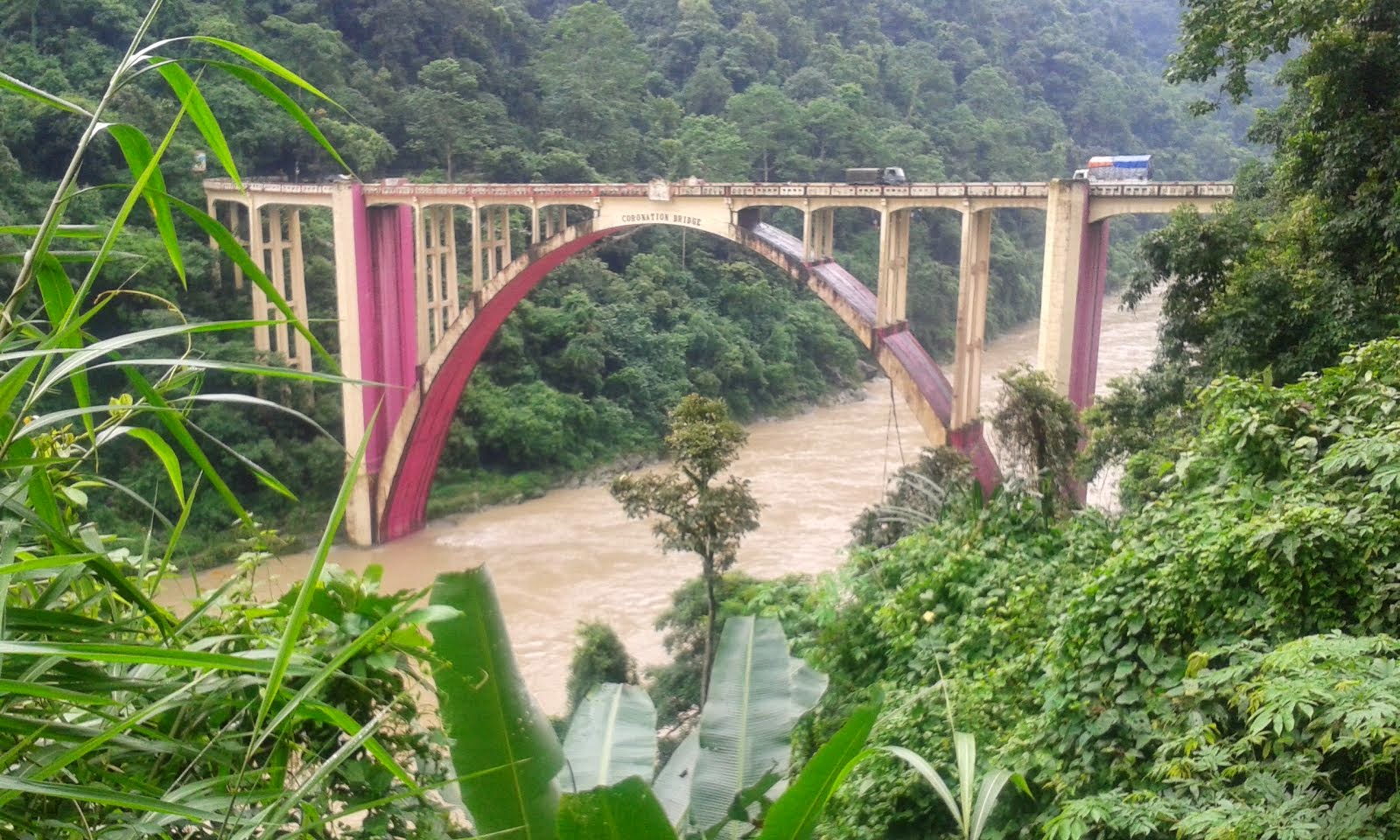
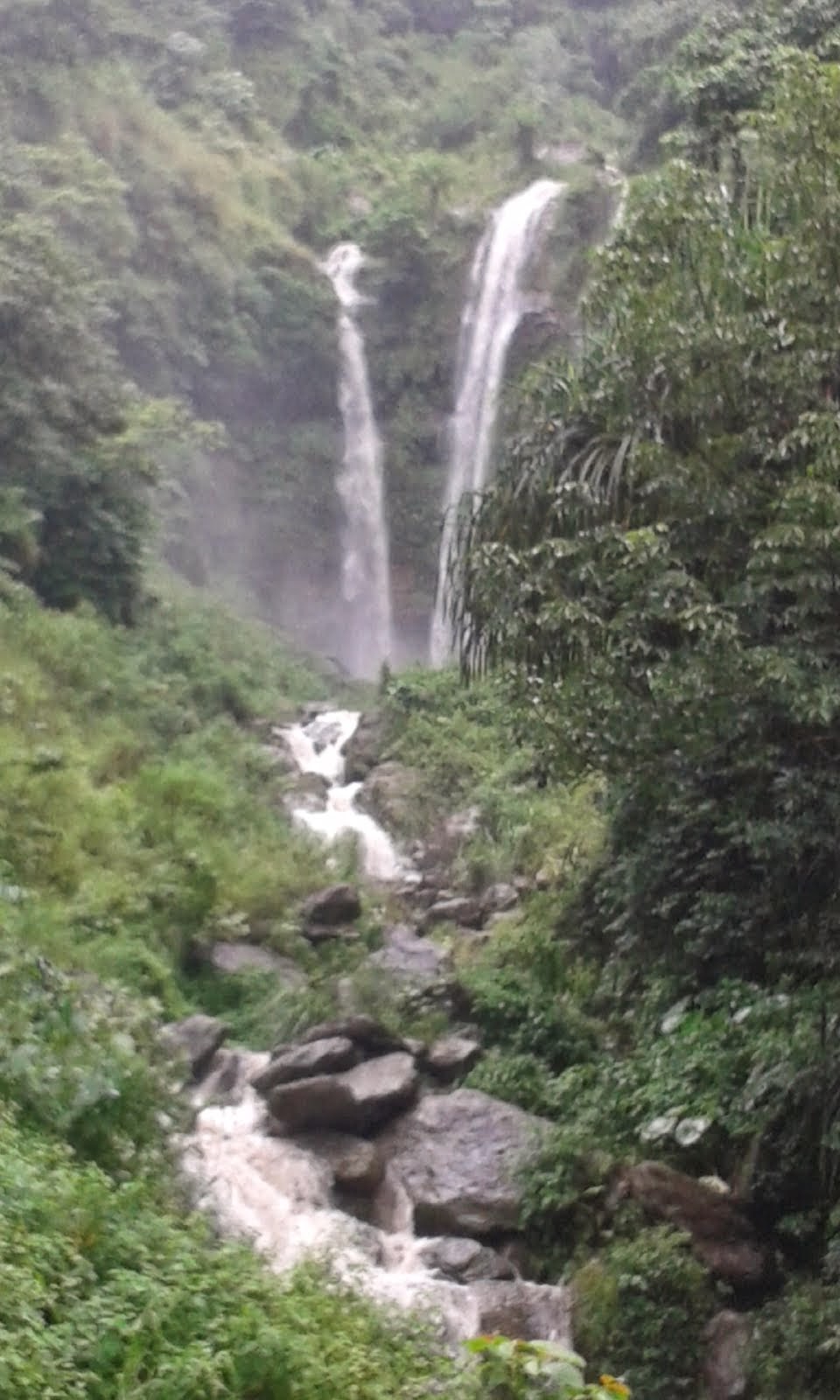
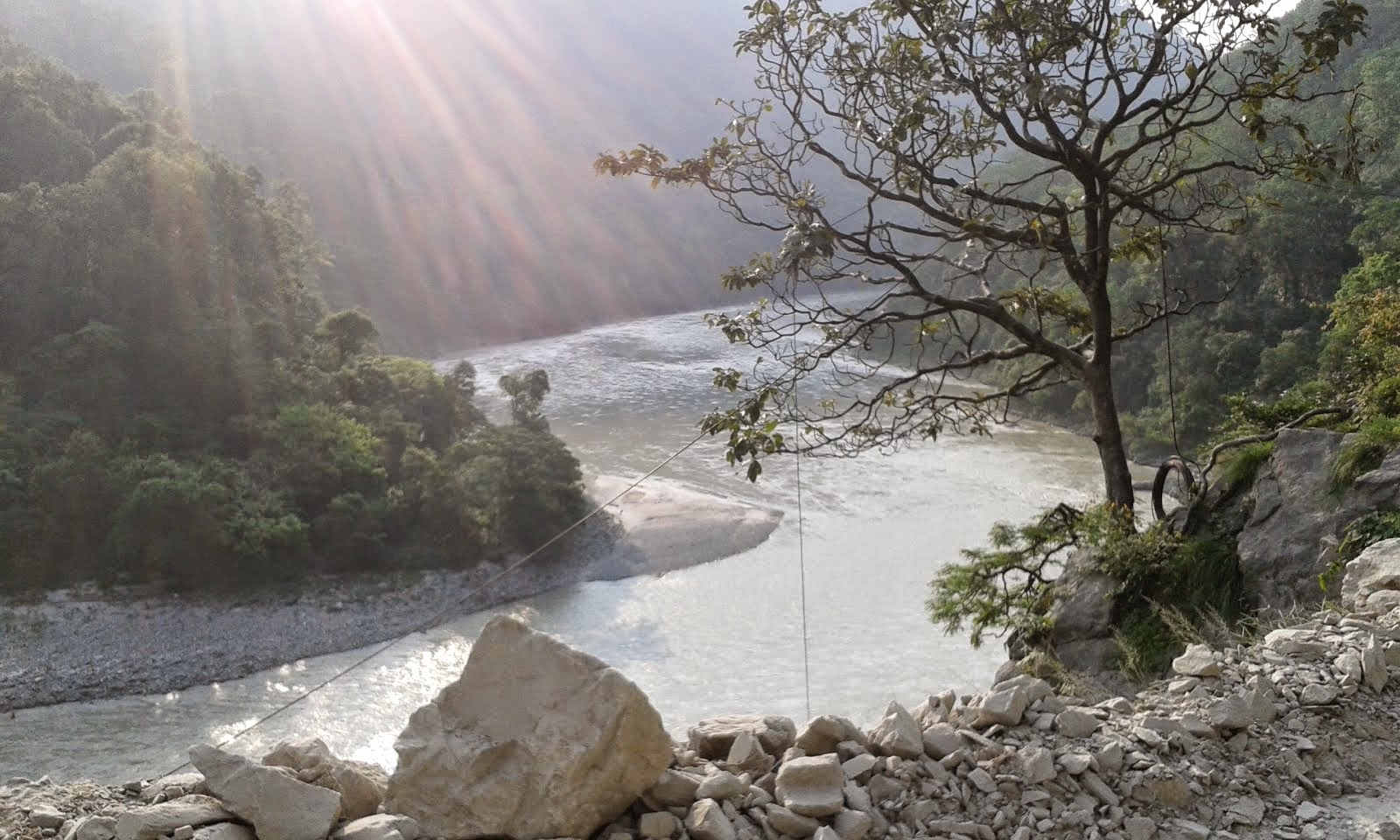
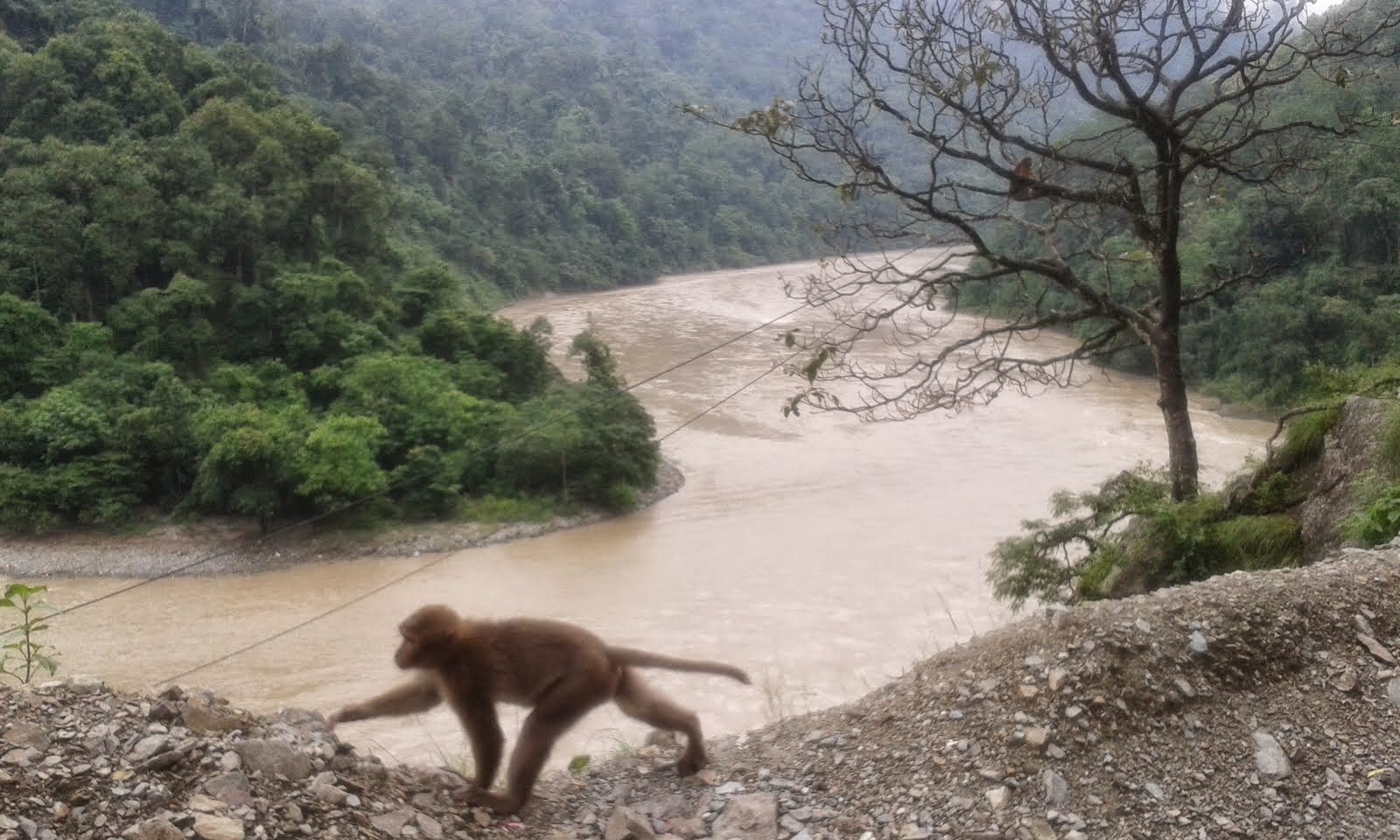









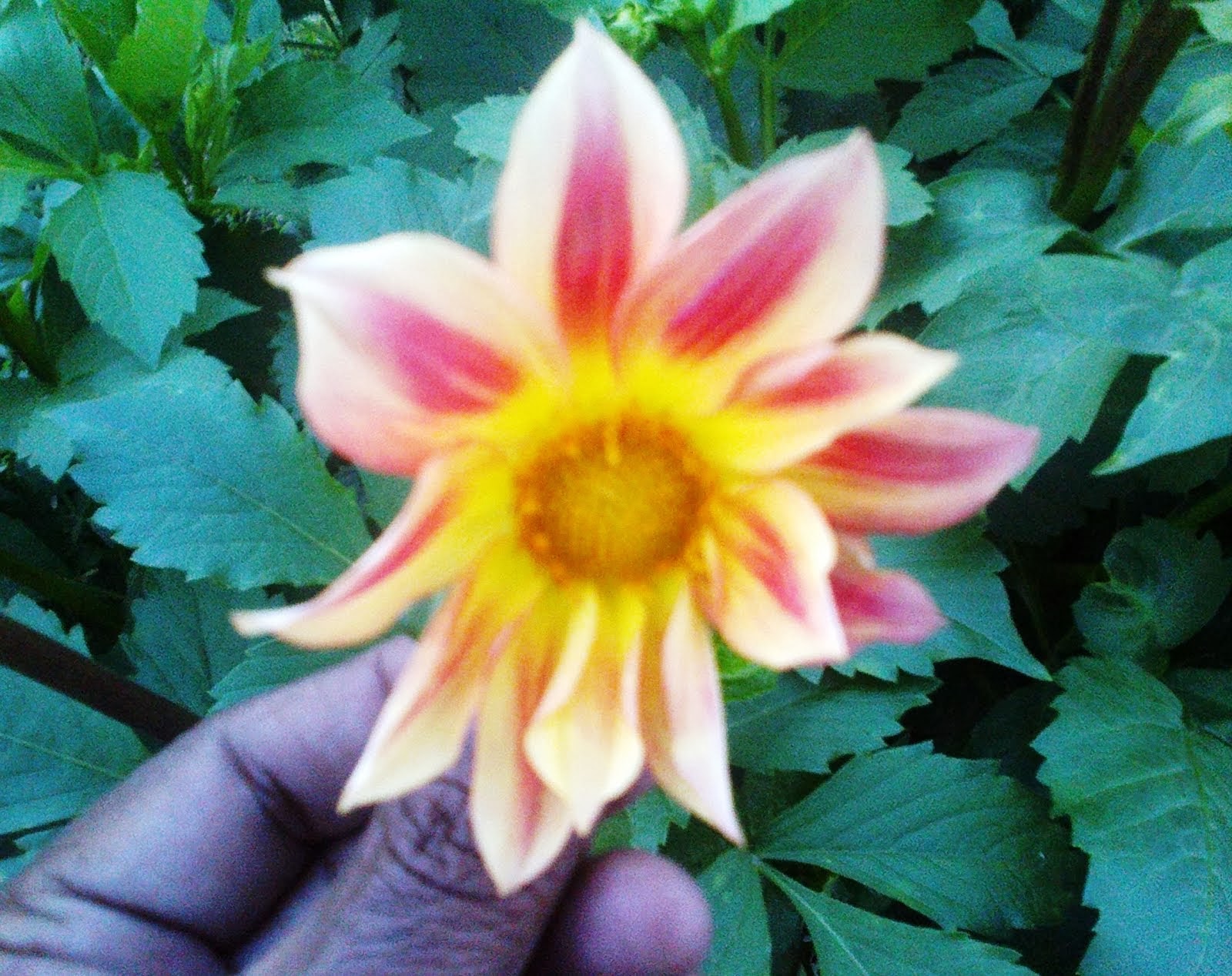
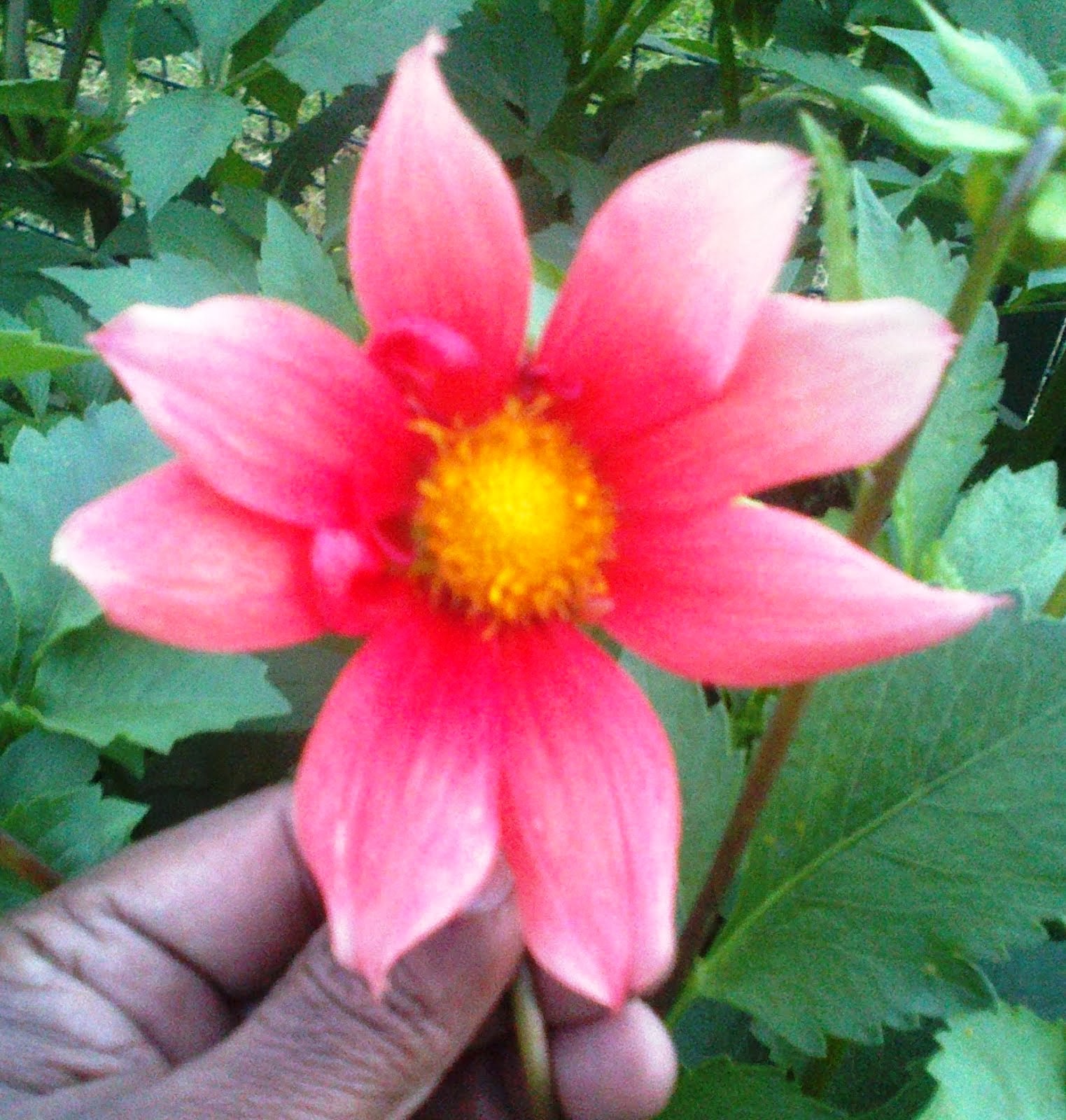

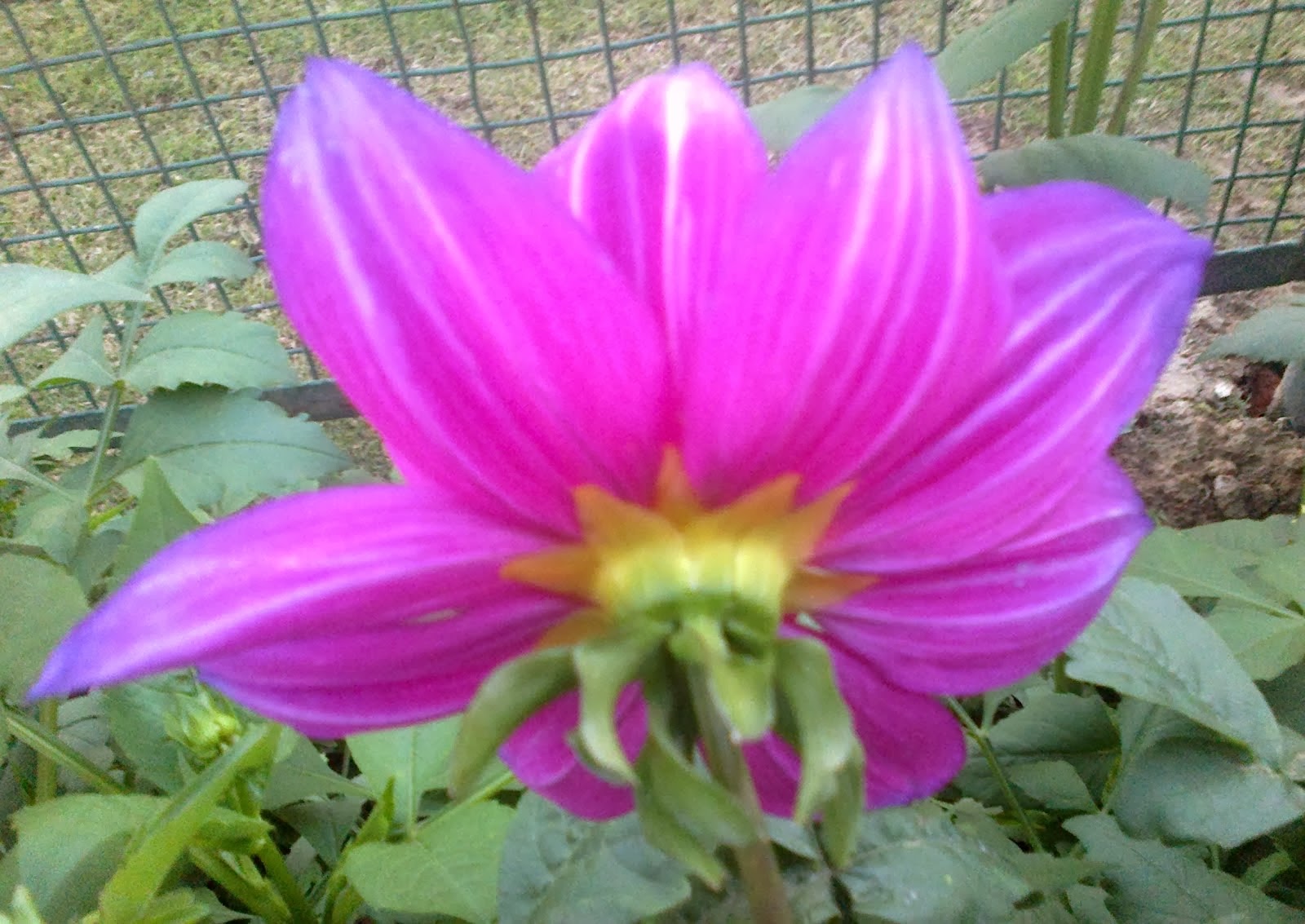

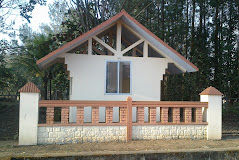















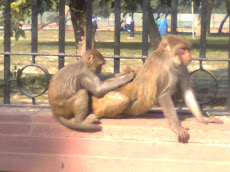
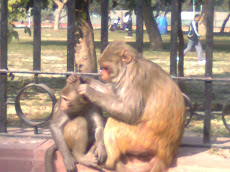

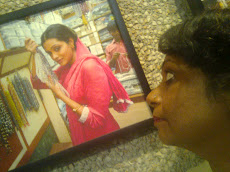
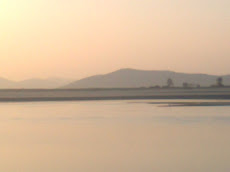
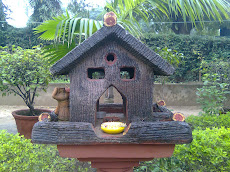

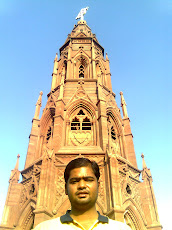
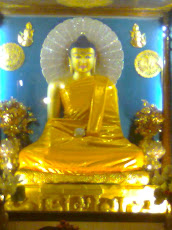
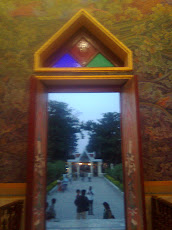
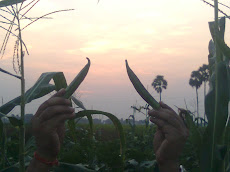
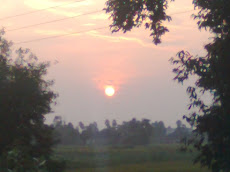
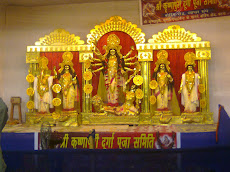
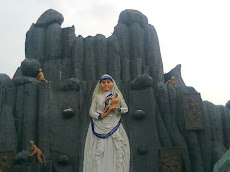
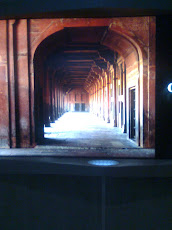
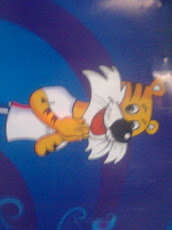

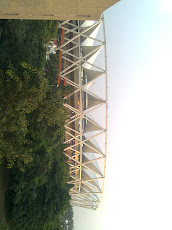

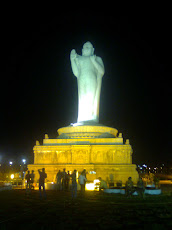
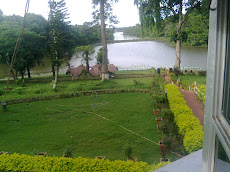
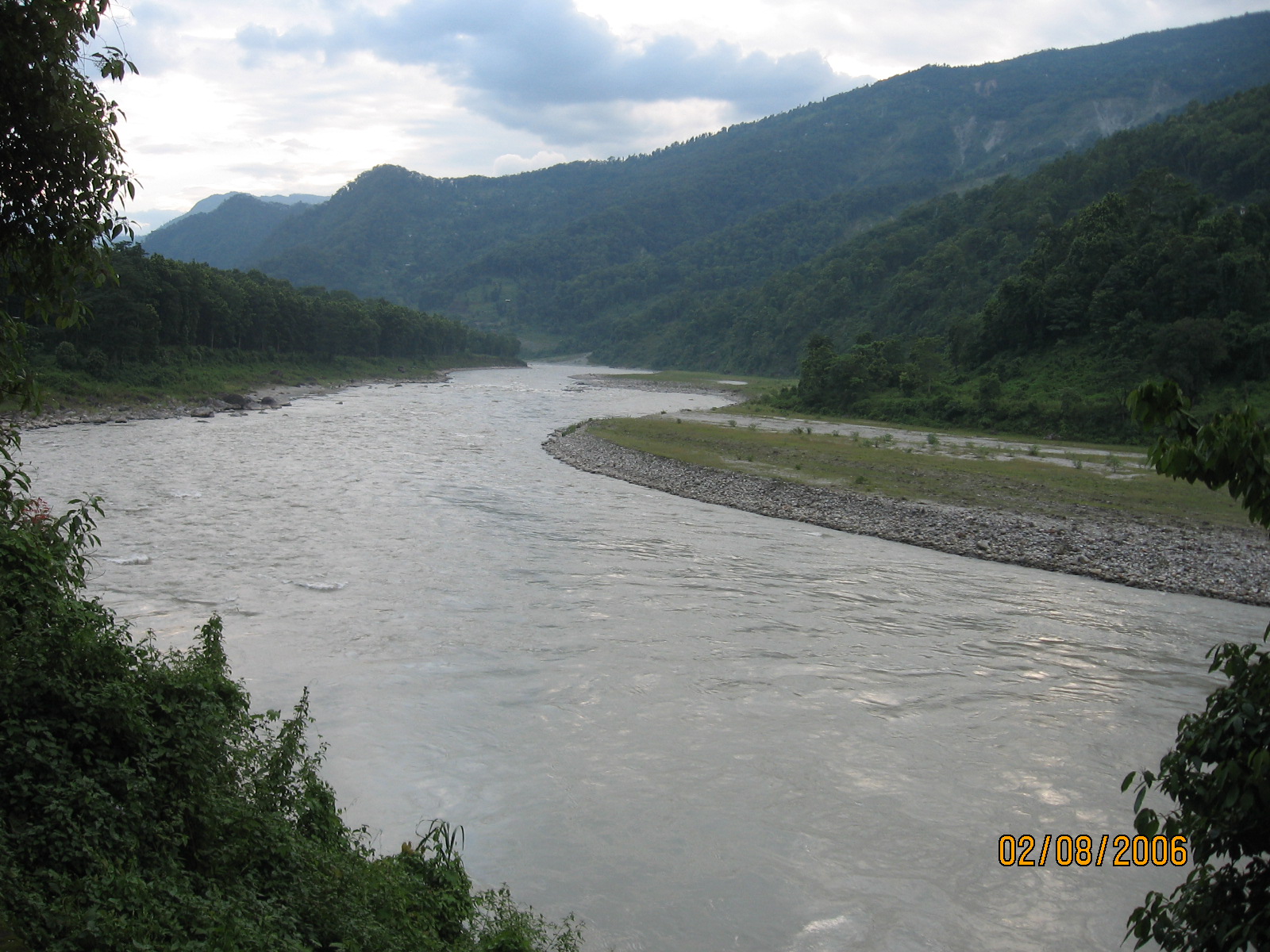


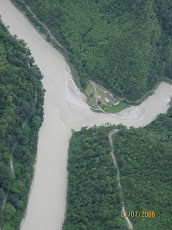

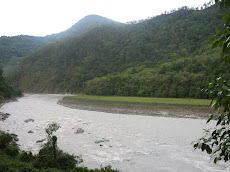


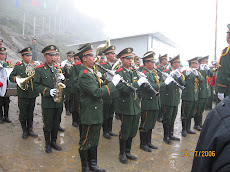


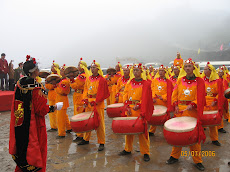
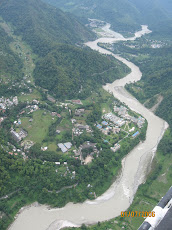
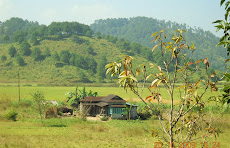
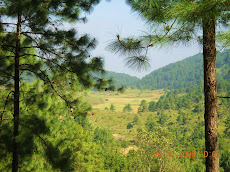
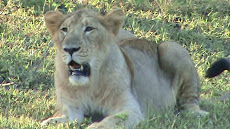.jpg)


